MR EAZI Kicks Off The New Year With His Latest Anthem “WERSER”
The feel-good record is Mr Eazi’s third dive into amapiano following the success of his first ever amapiano record “Patek” and follow-up track “See Something”. Having received several accolades by industry colleagues, fans and music critics – Mr Eazi is on a mission to “chop life” while creatively exploring all the facets of his artistry.
Produced by DJ Tárico, who is now arguably renowned for his vast and successful portfolio in amapiano hits ranging from “Patek” to “Yaba Buluku” and more; it is exactly as they say: “Never change what works” – this is evident in the incredible synergy between Mr Eazi and DJ Tárico proven by the two hit records (with one in the making) they have created so far.
After a super exciting dance routine created by a Ghanaian dance group breaks the internet spanning off into hundreds of user-generated videos and millions of views, Mr Eazi responds with a video of himself joining the viral challenge and announcing the official release of “Werser”.
A rich fusion of the famous South African blow whistle sound, powerful drums and chant-like chorus laced with memorable Ghanaian + Nigeria’s Pidgin slangs – Mr Eazi has again found a way to take his listeners on a trip around Africa, the way only great music can.
“This year, I am focusing my energy on creativity and top-line sh*t”, says Mr Eazi as he prepares to follow up his record with an amapiano mixtape in coming months – The pressure indeed is getting werser.
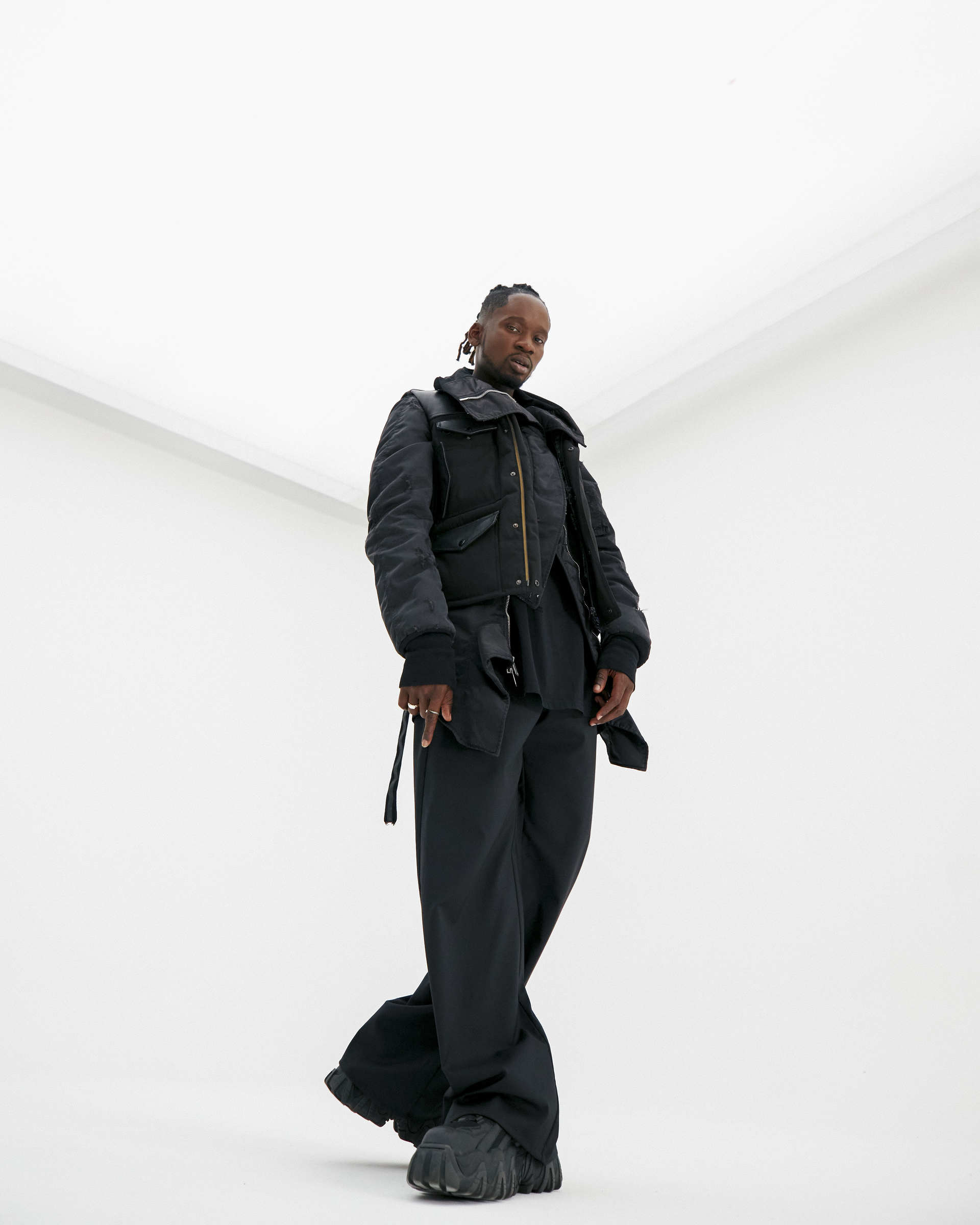
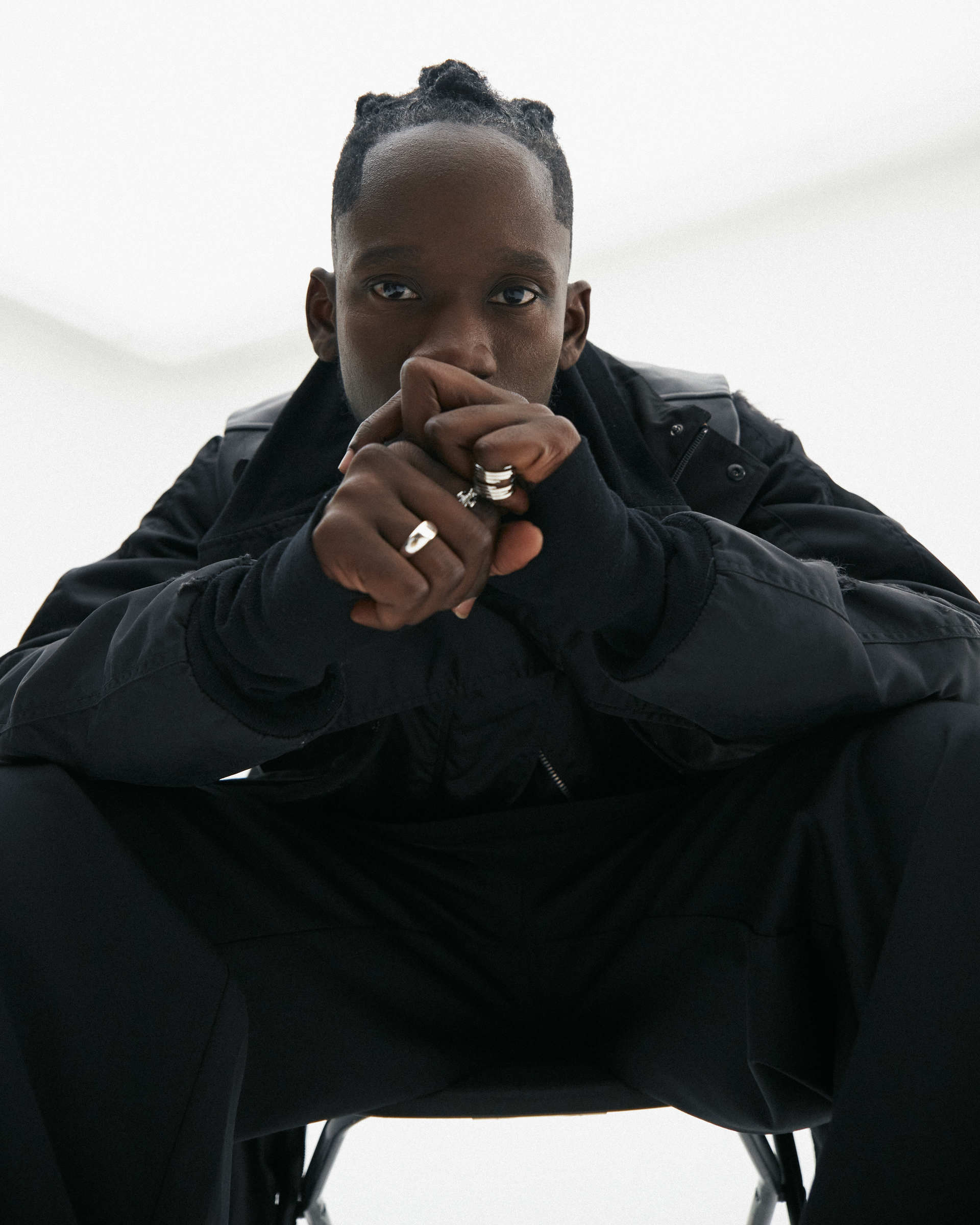
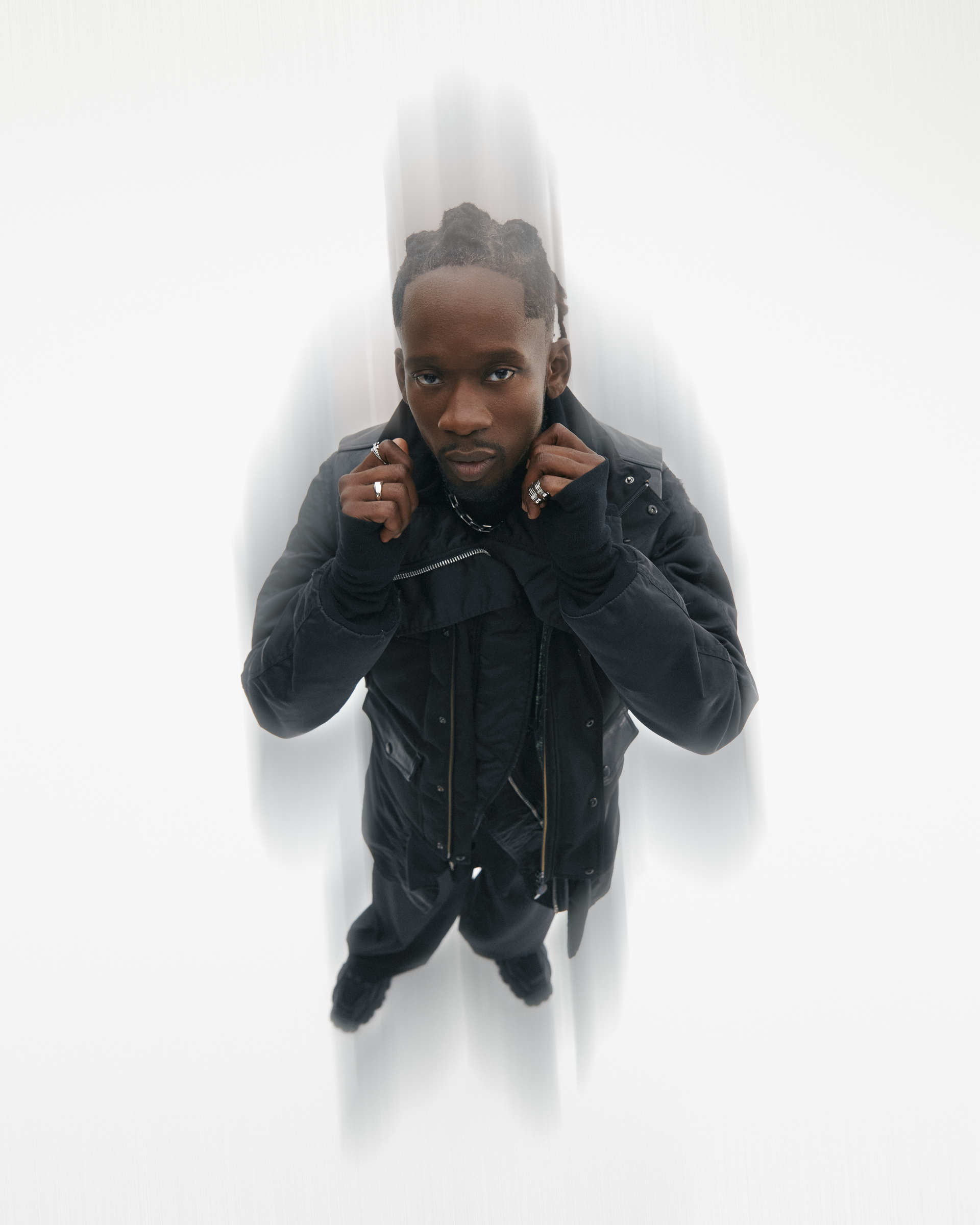

LISTEN HERE | WATCH VISUALISER HERE
/// Connect with Mr Eazi:
Facebook: @officialMrEazi
Twitter: @mreazi
Instagram: @mreazi
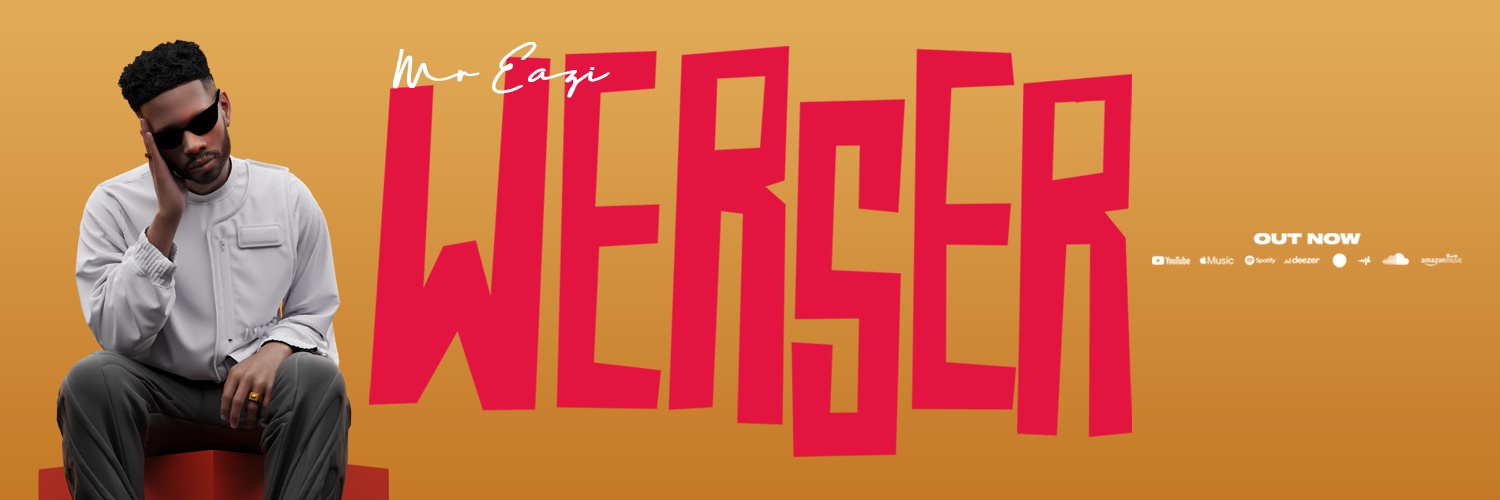


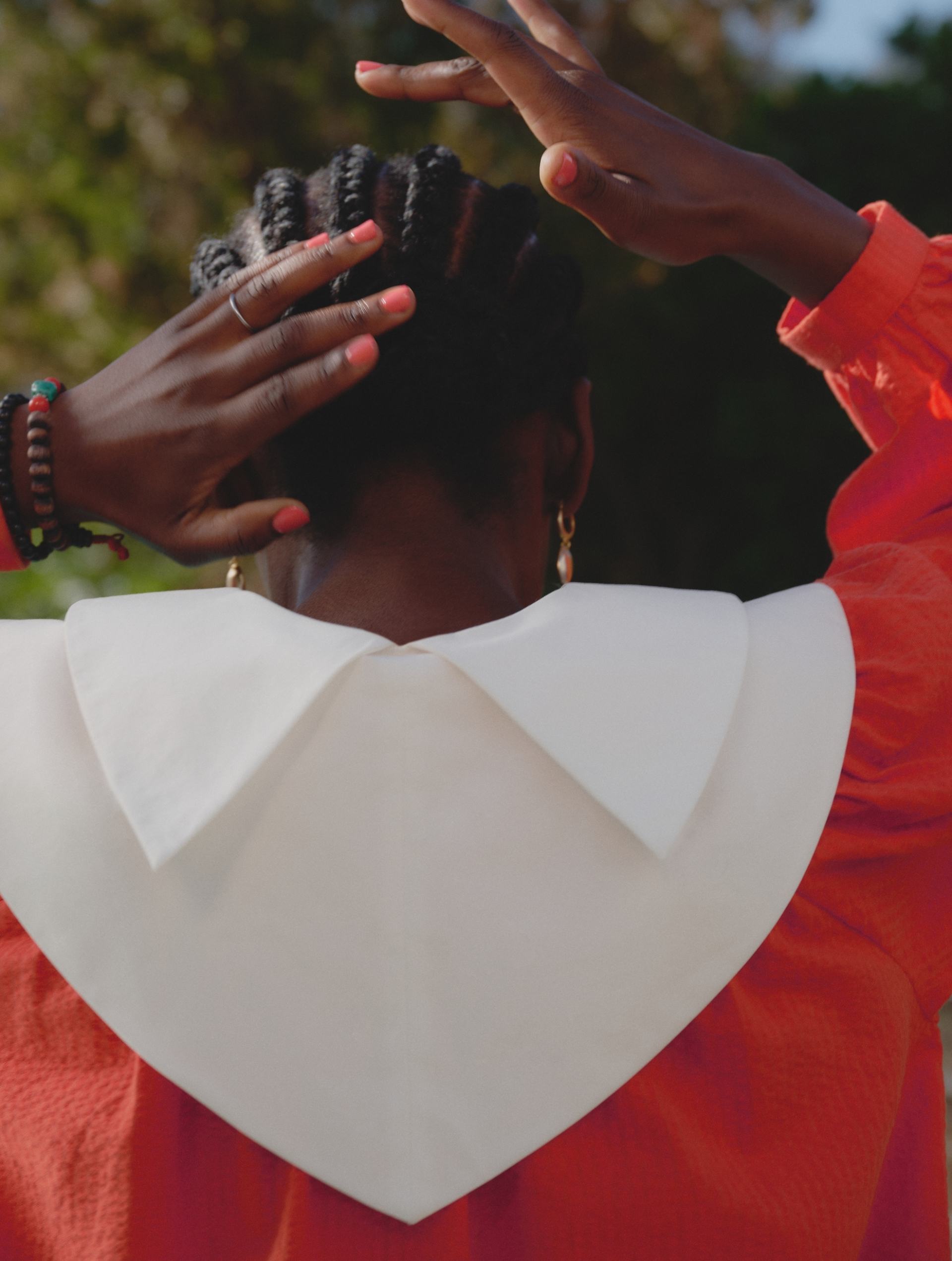
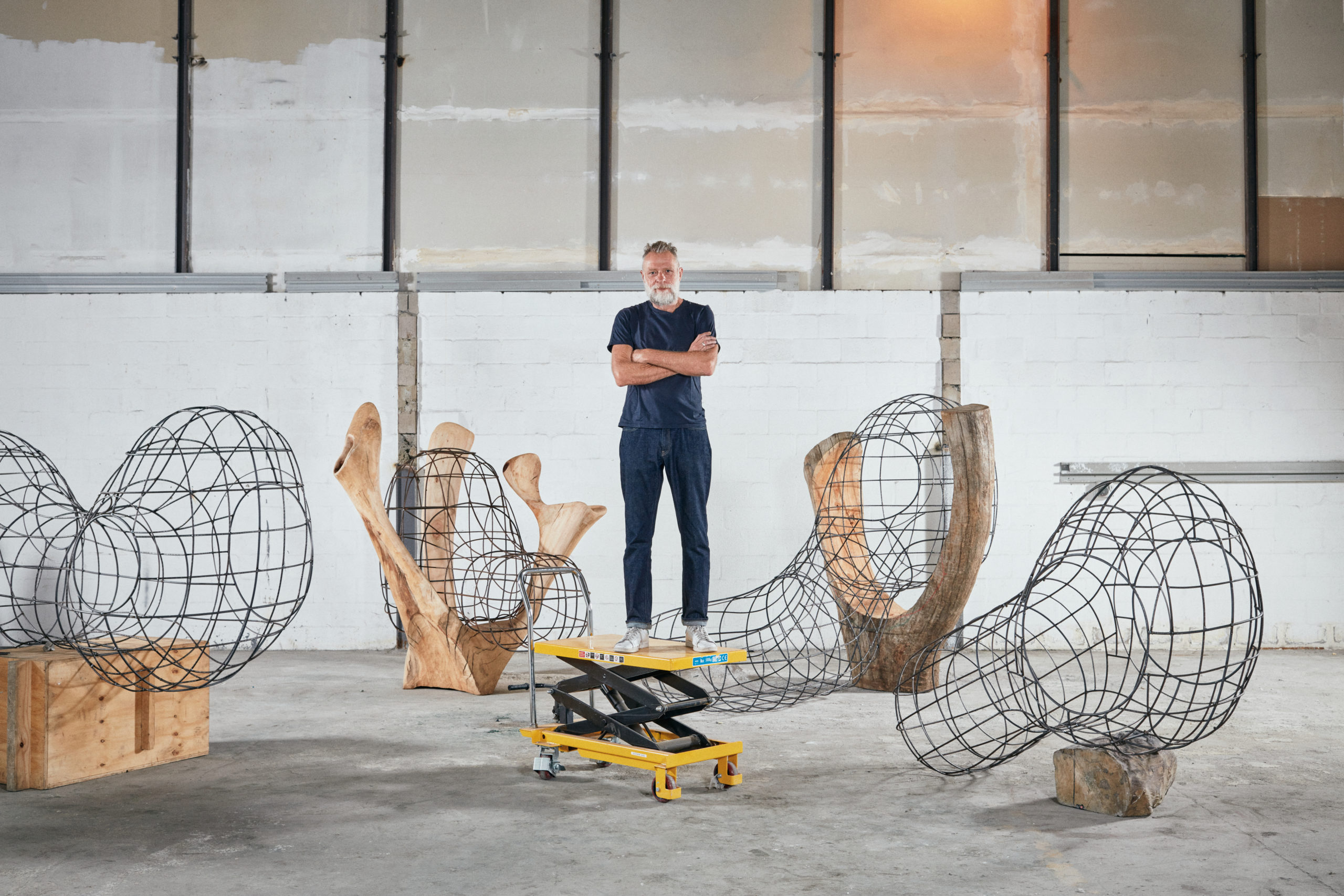
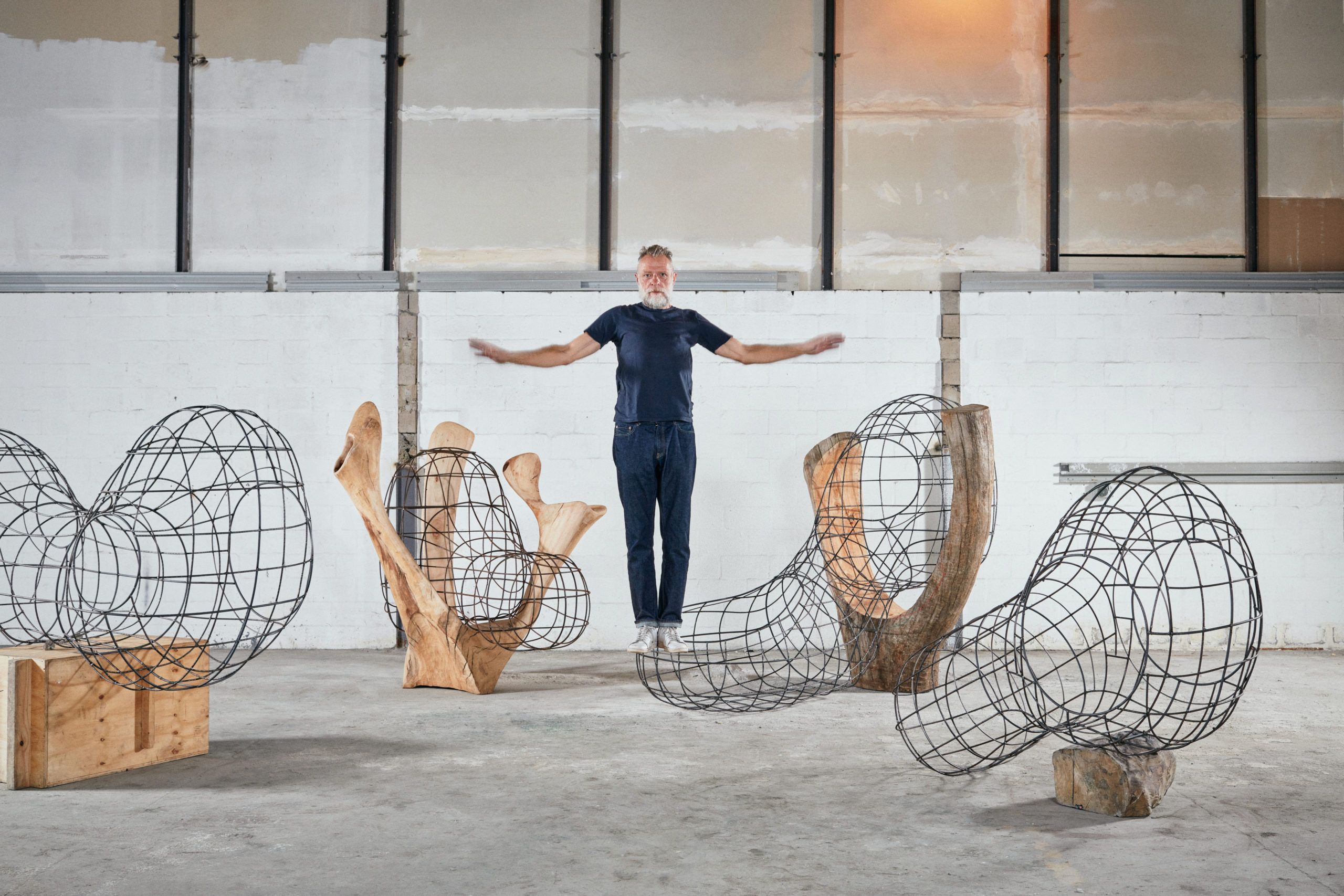
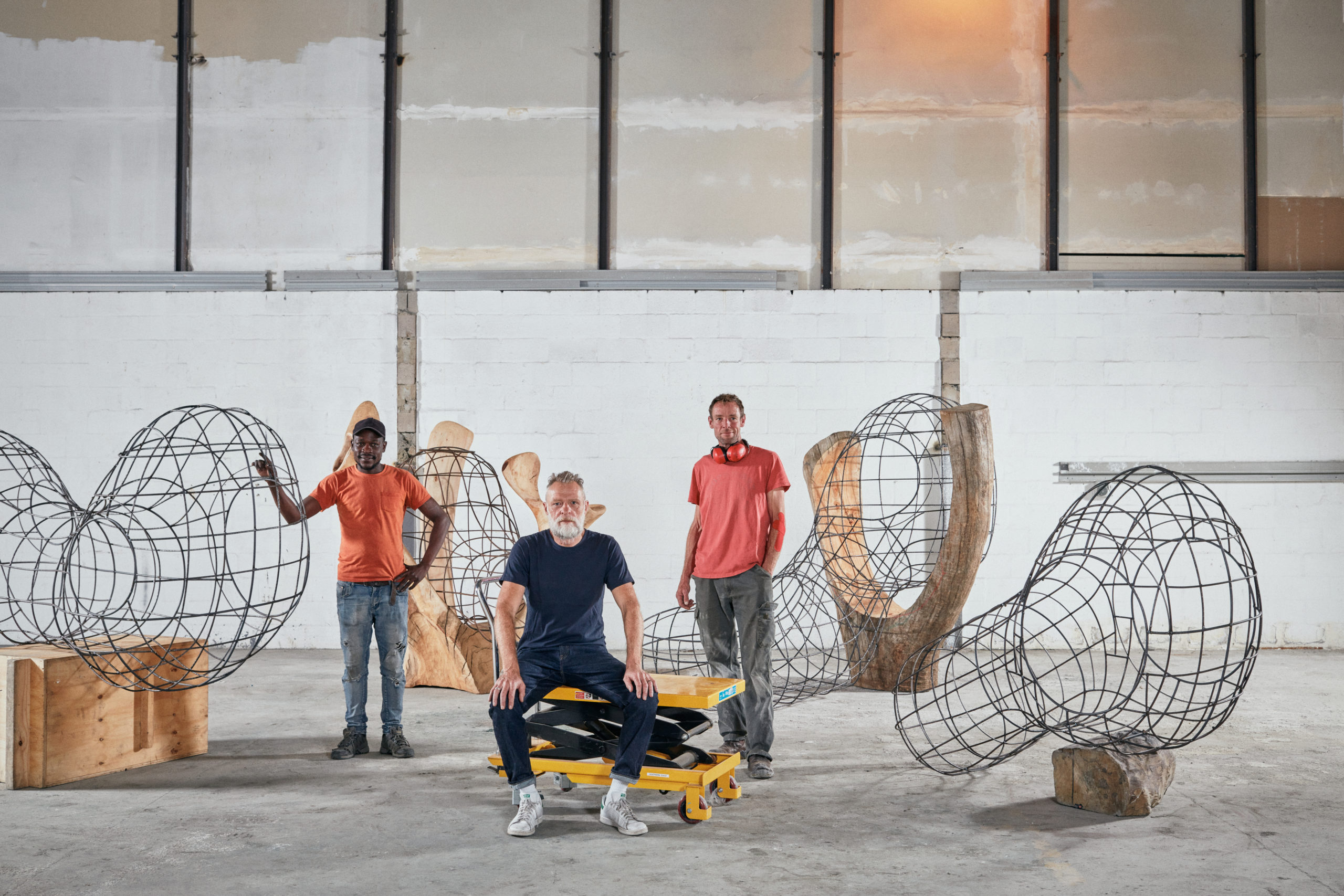
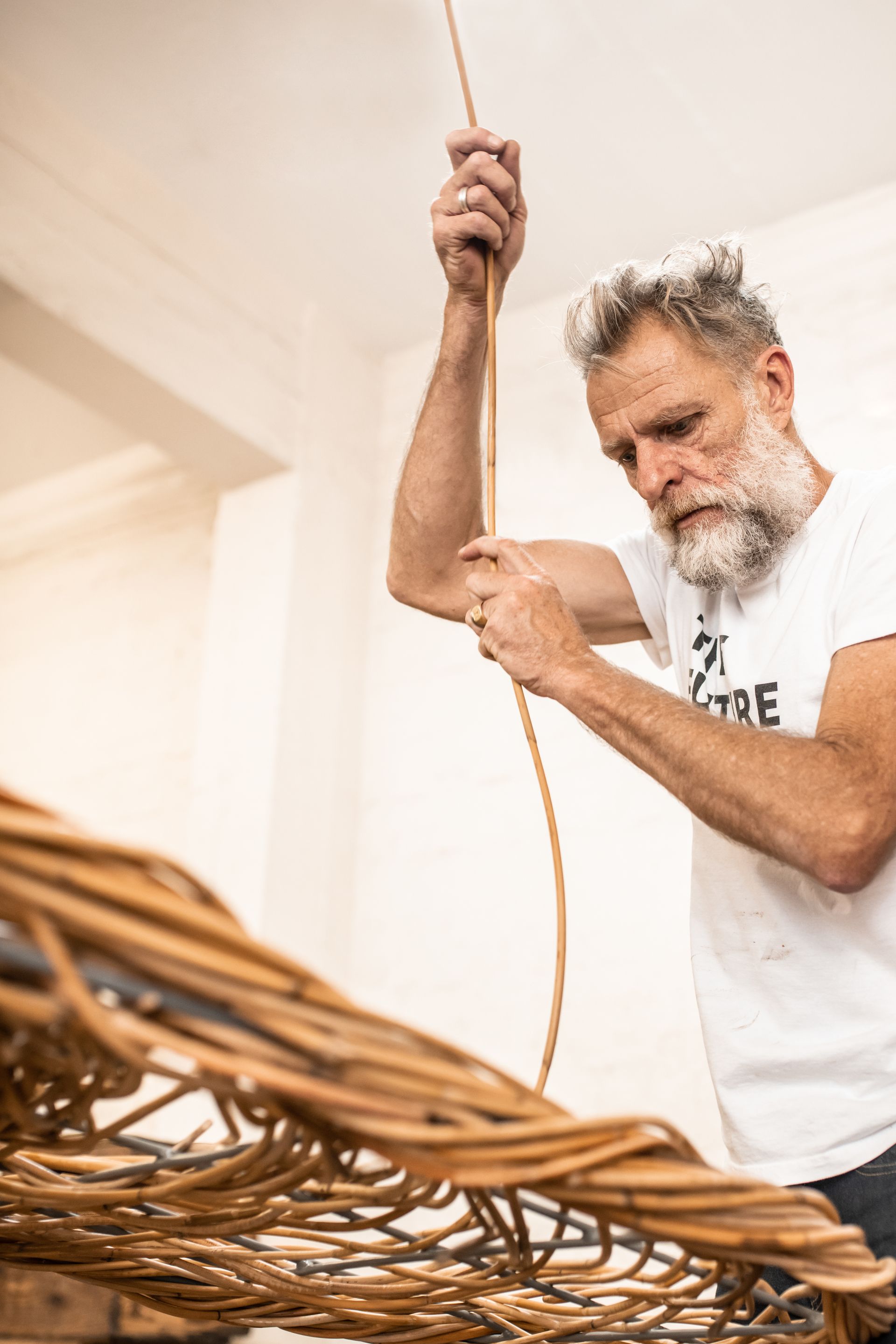

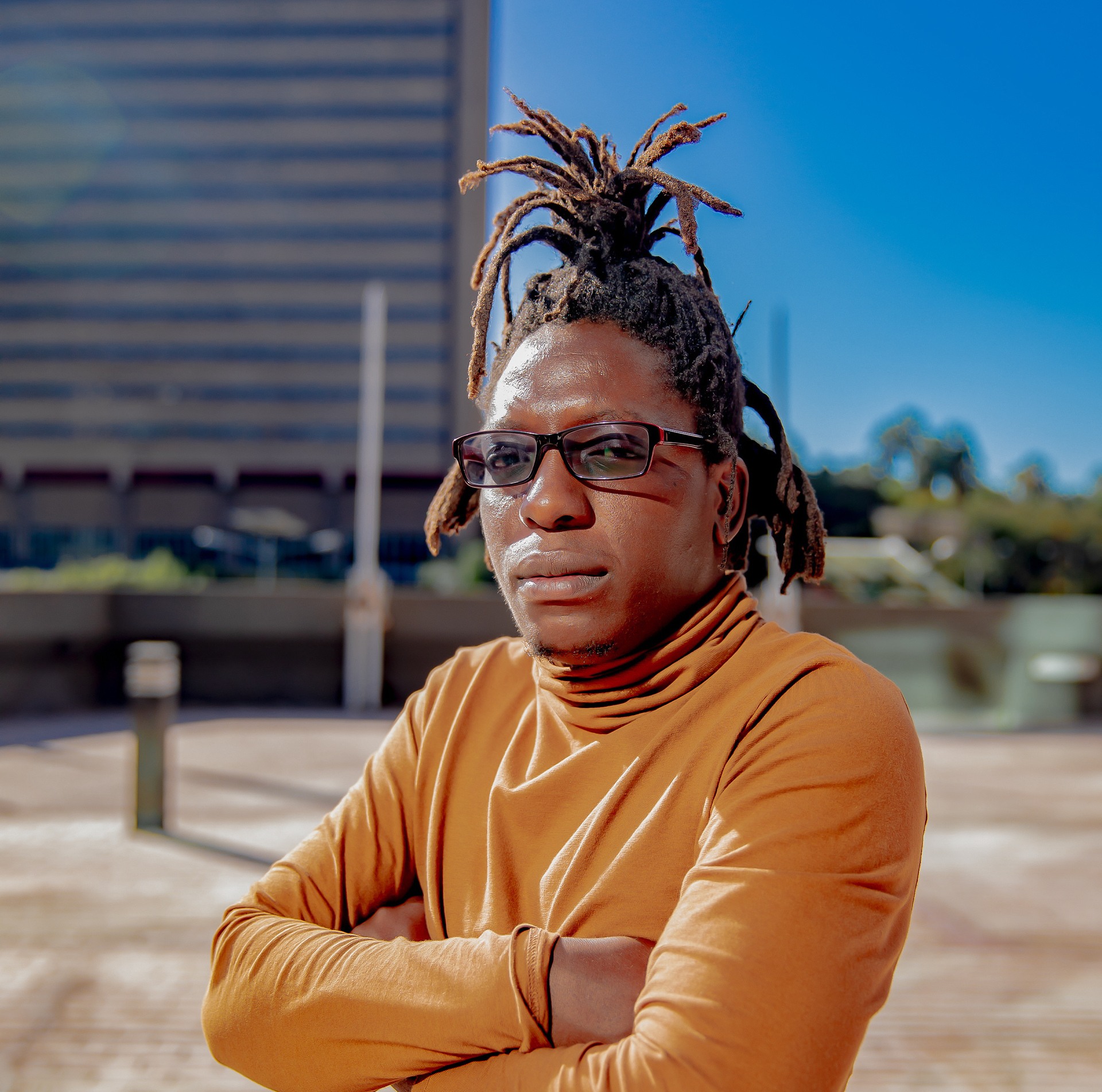
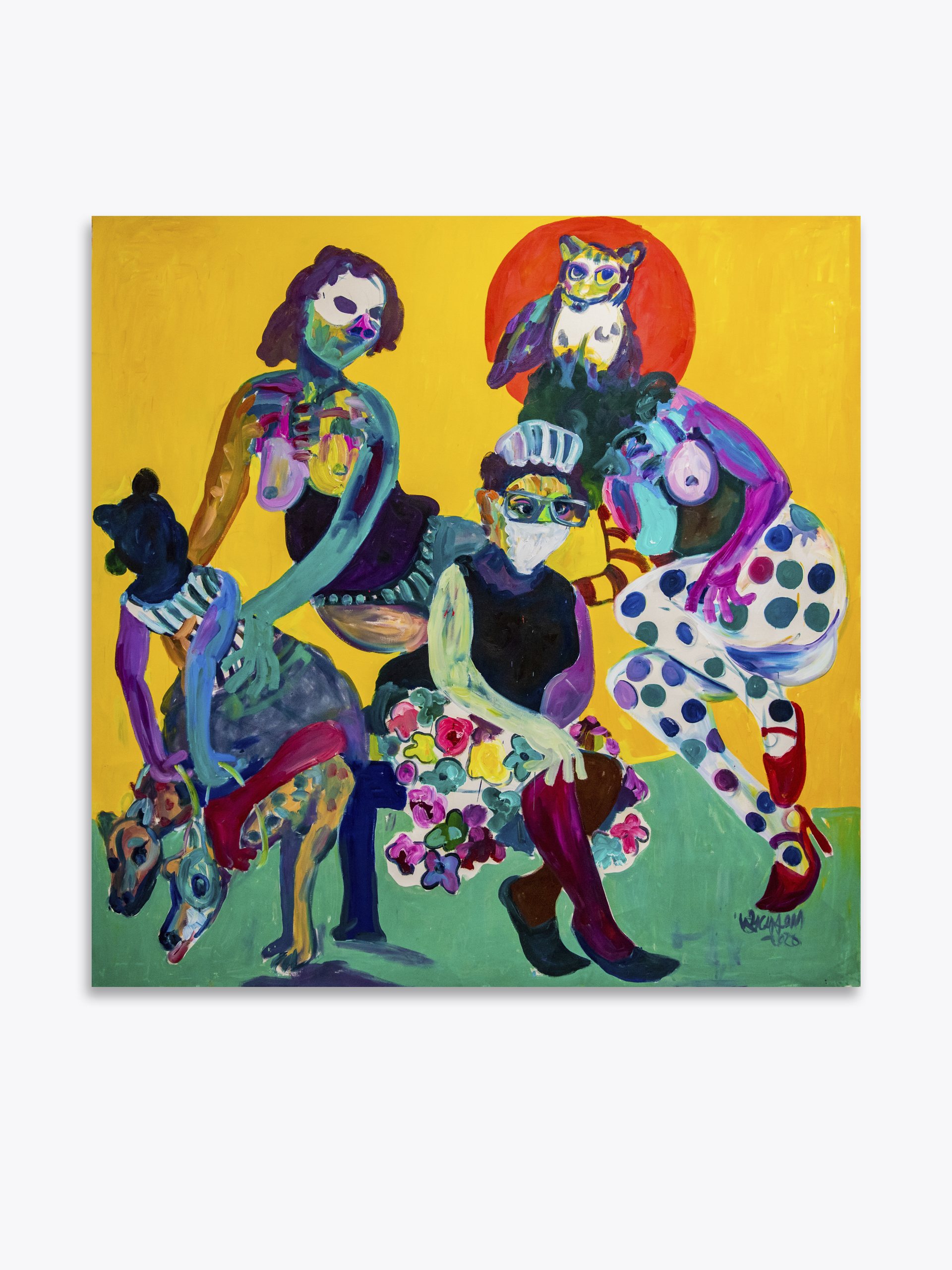

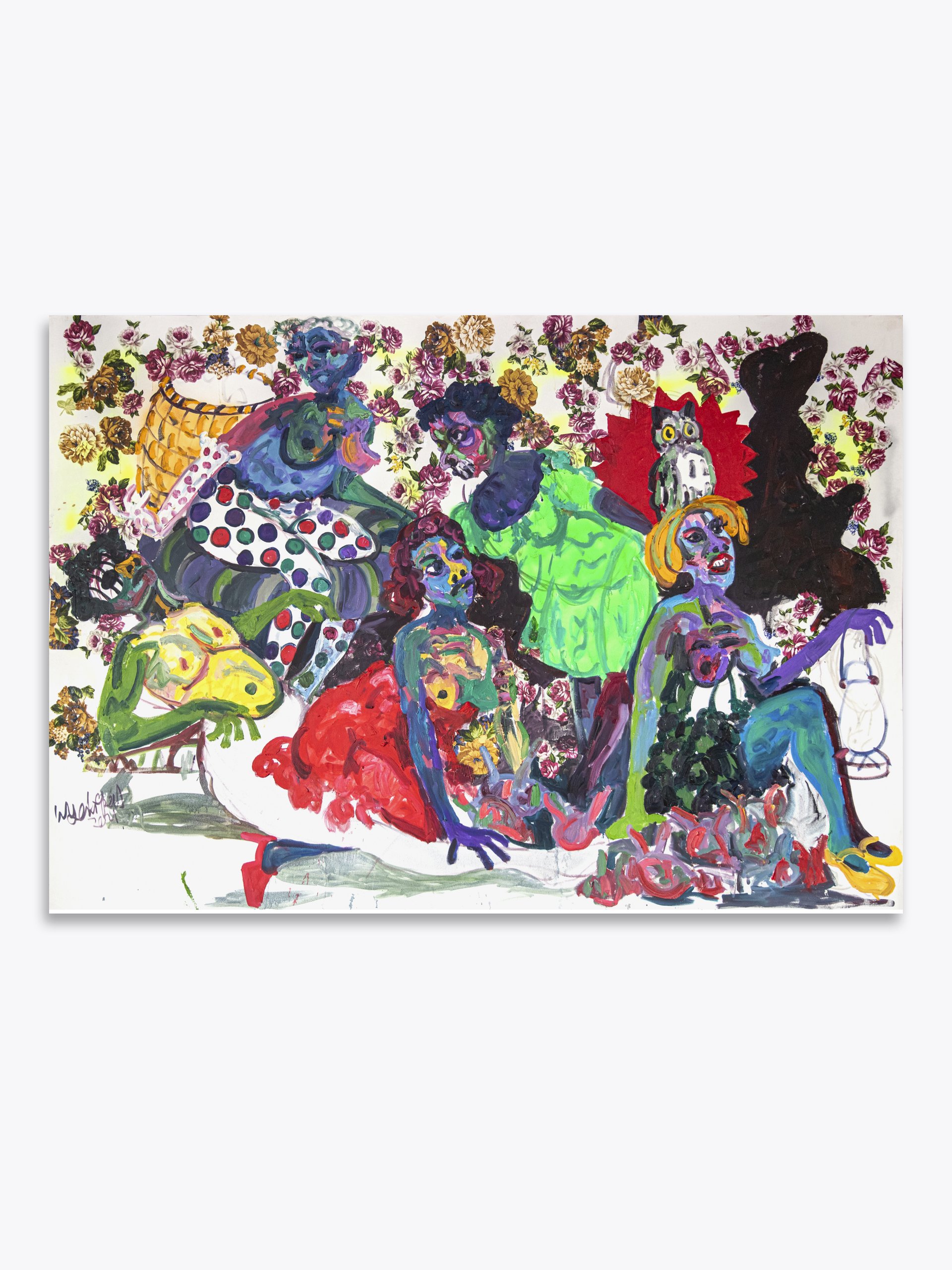
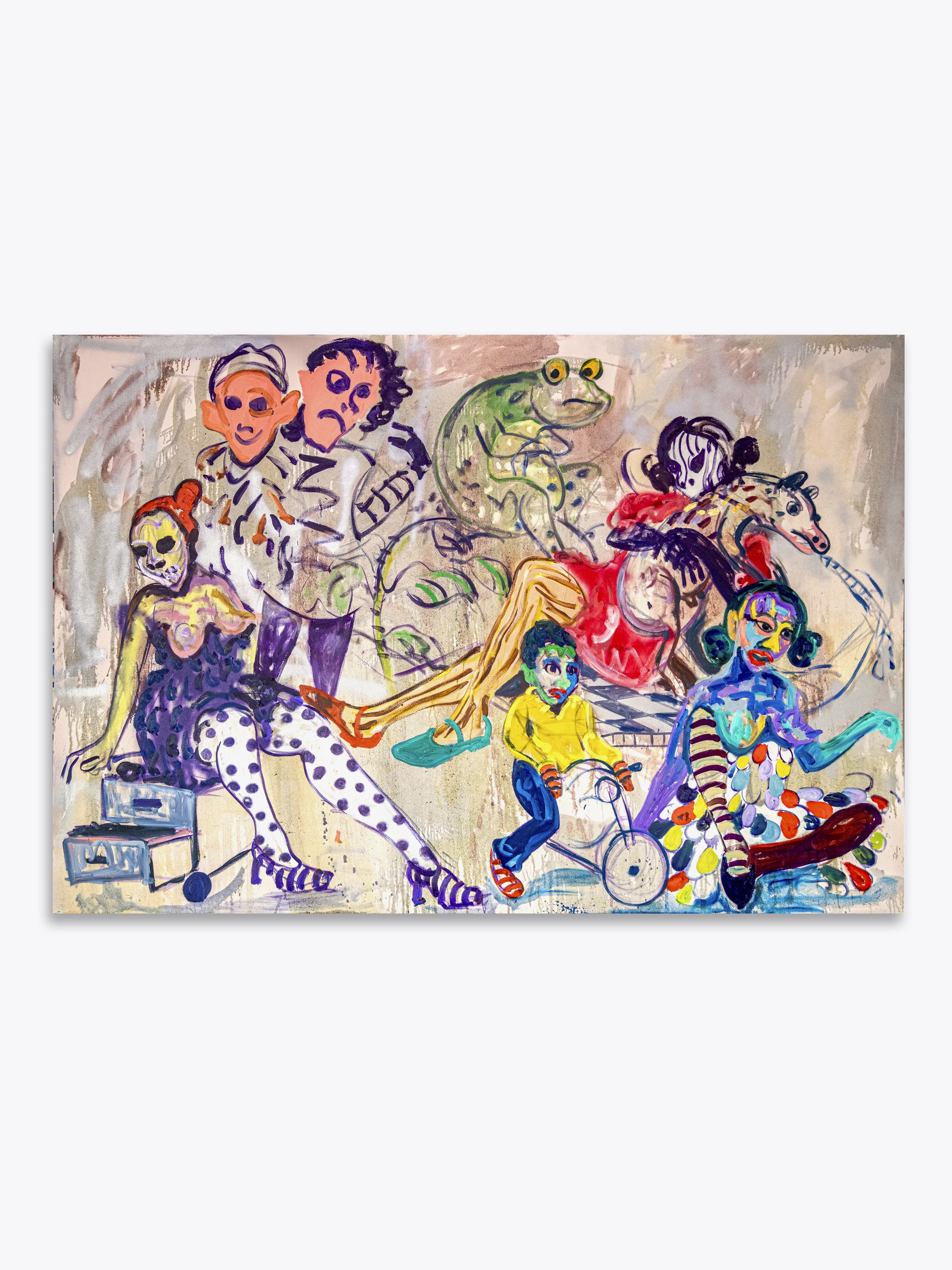
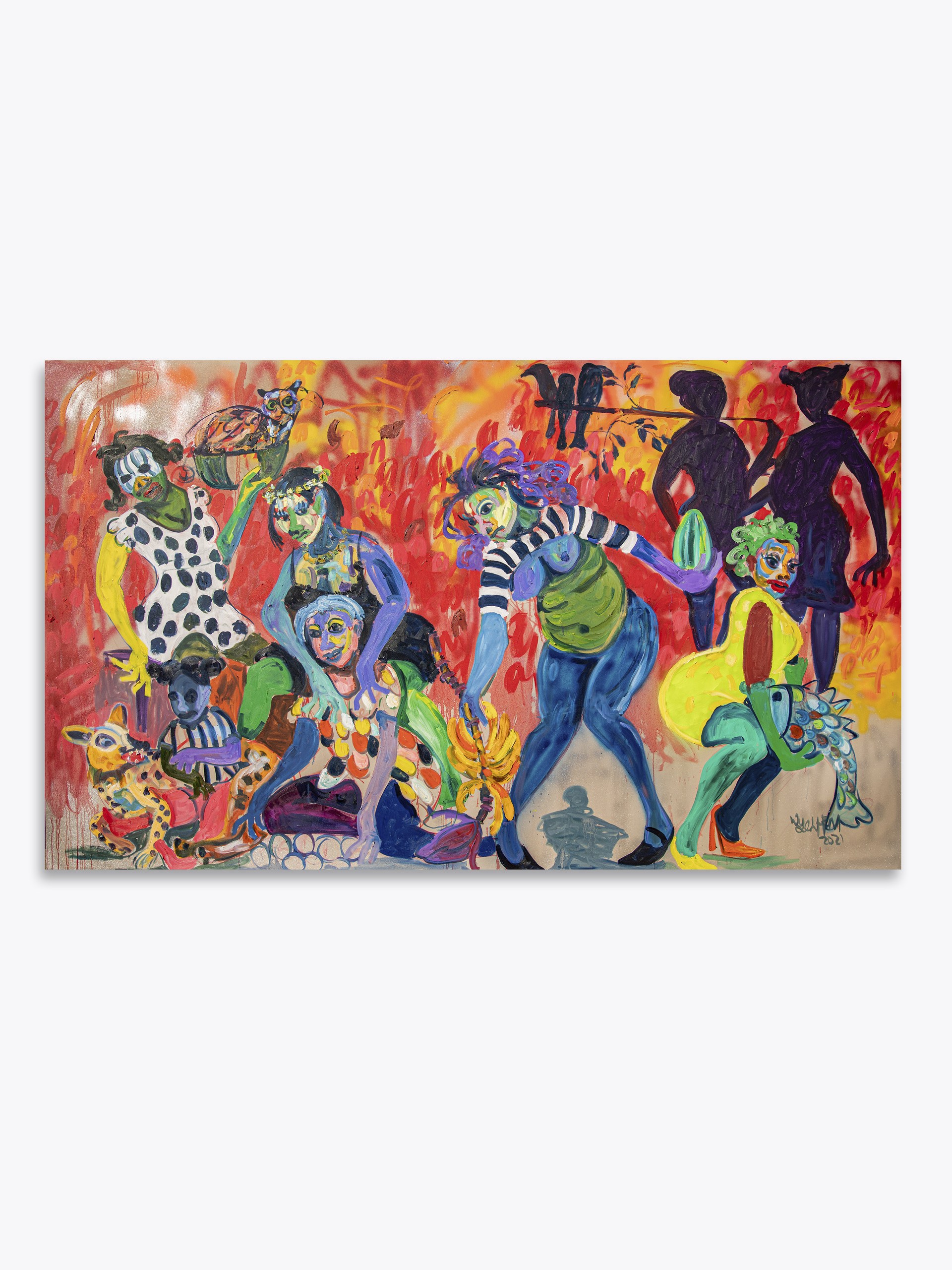
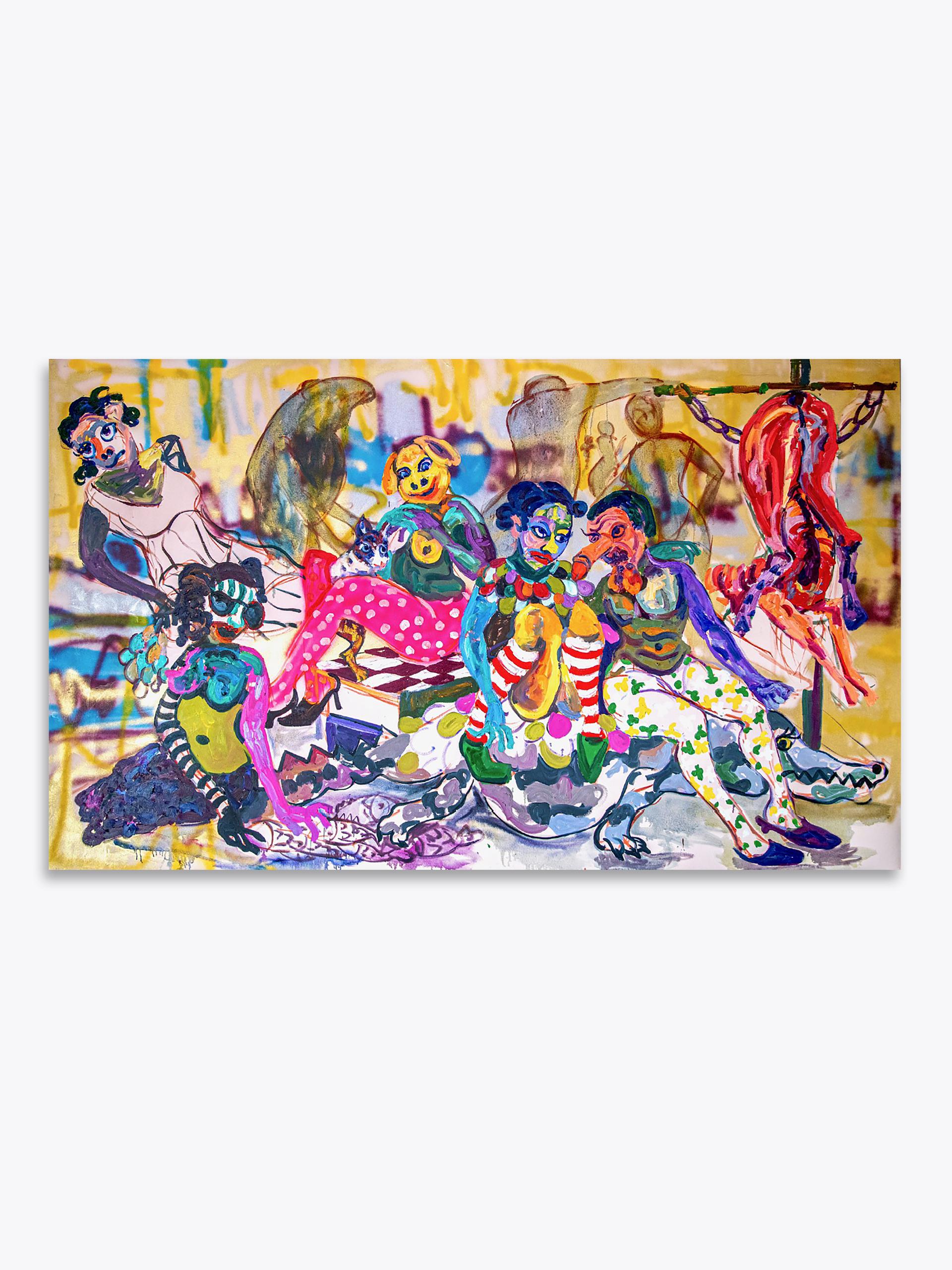
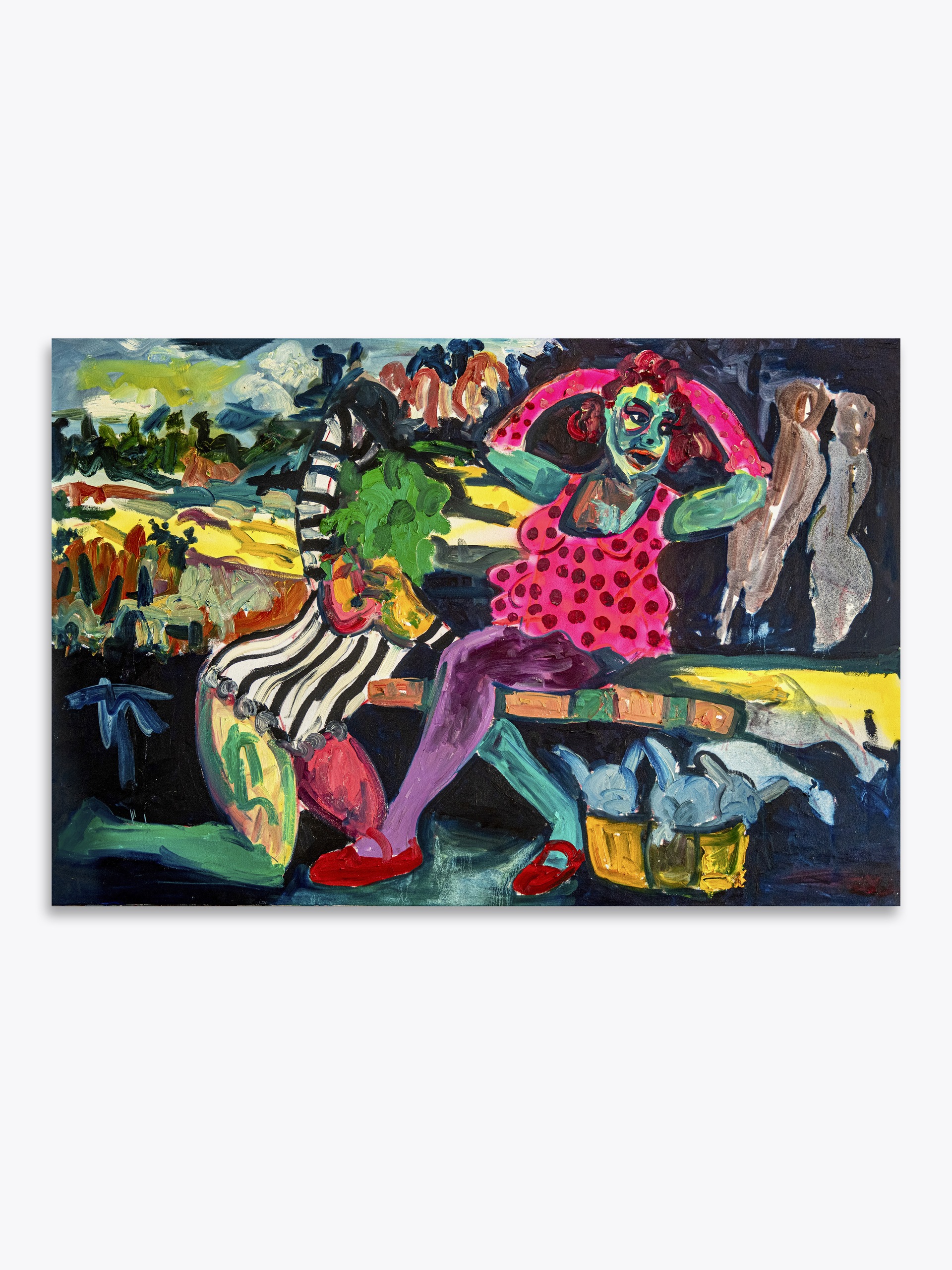
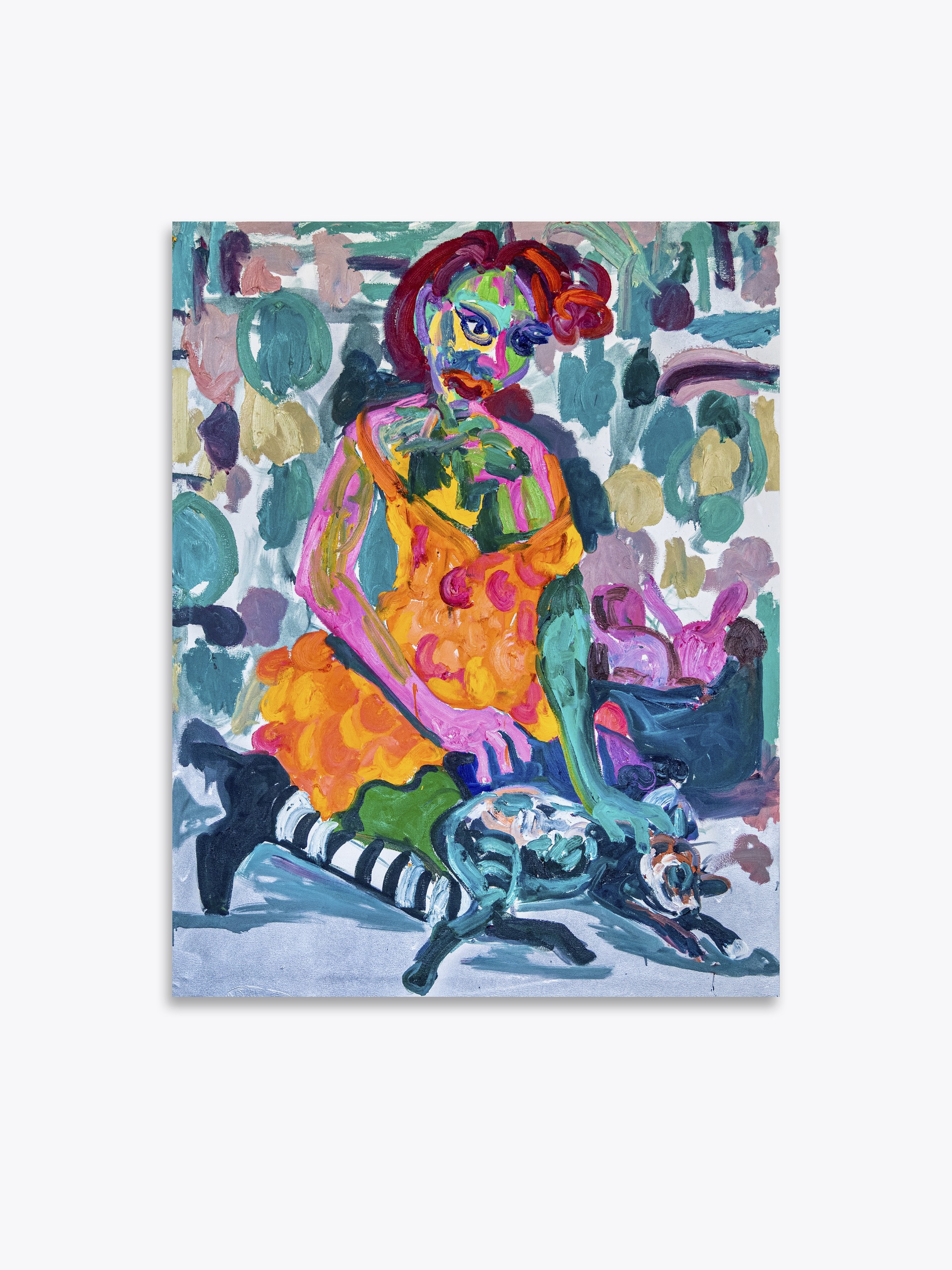
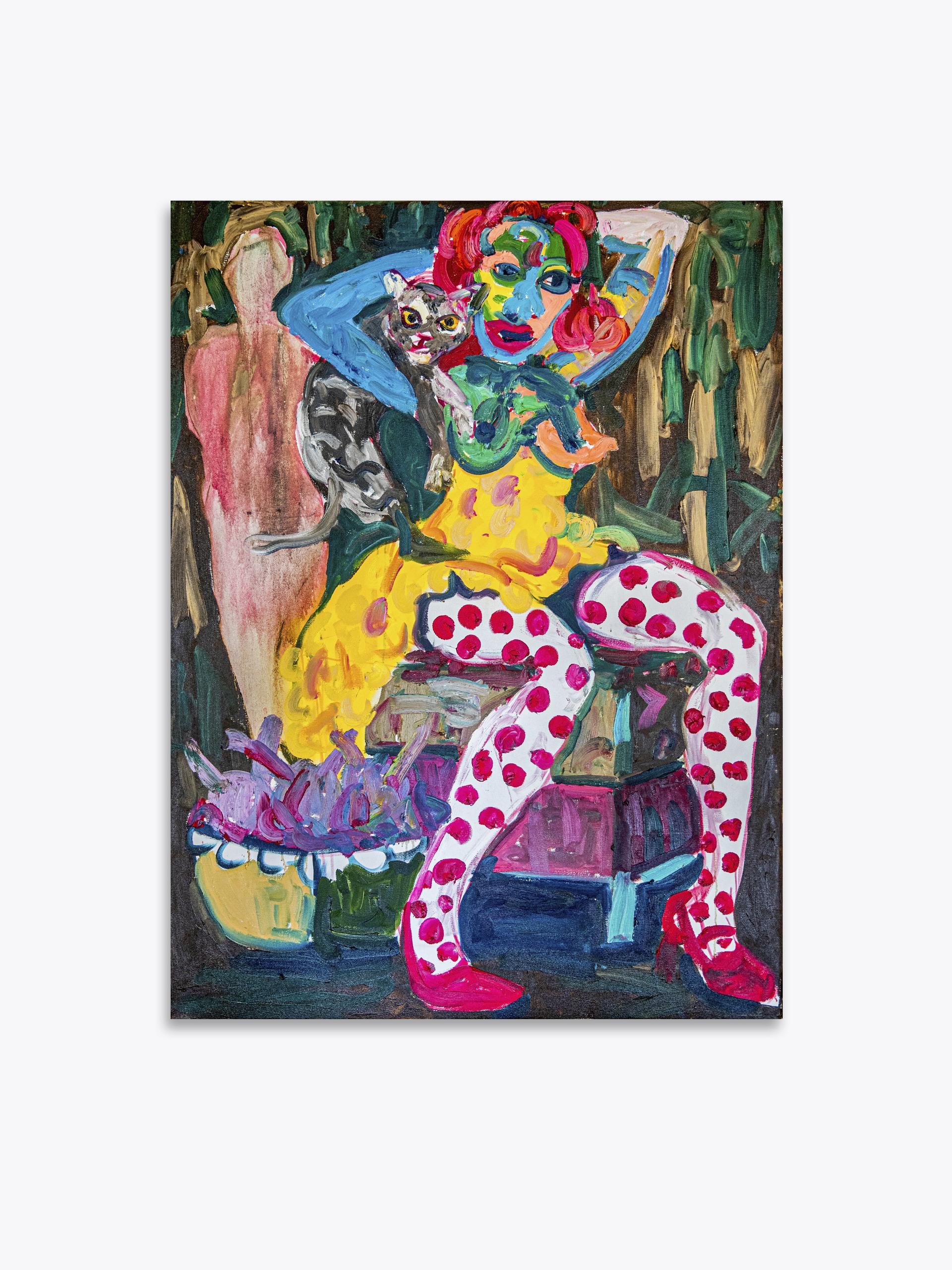
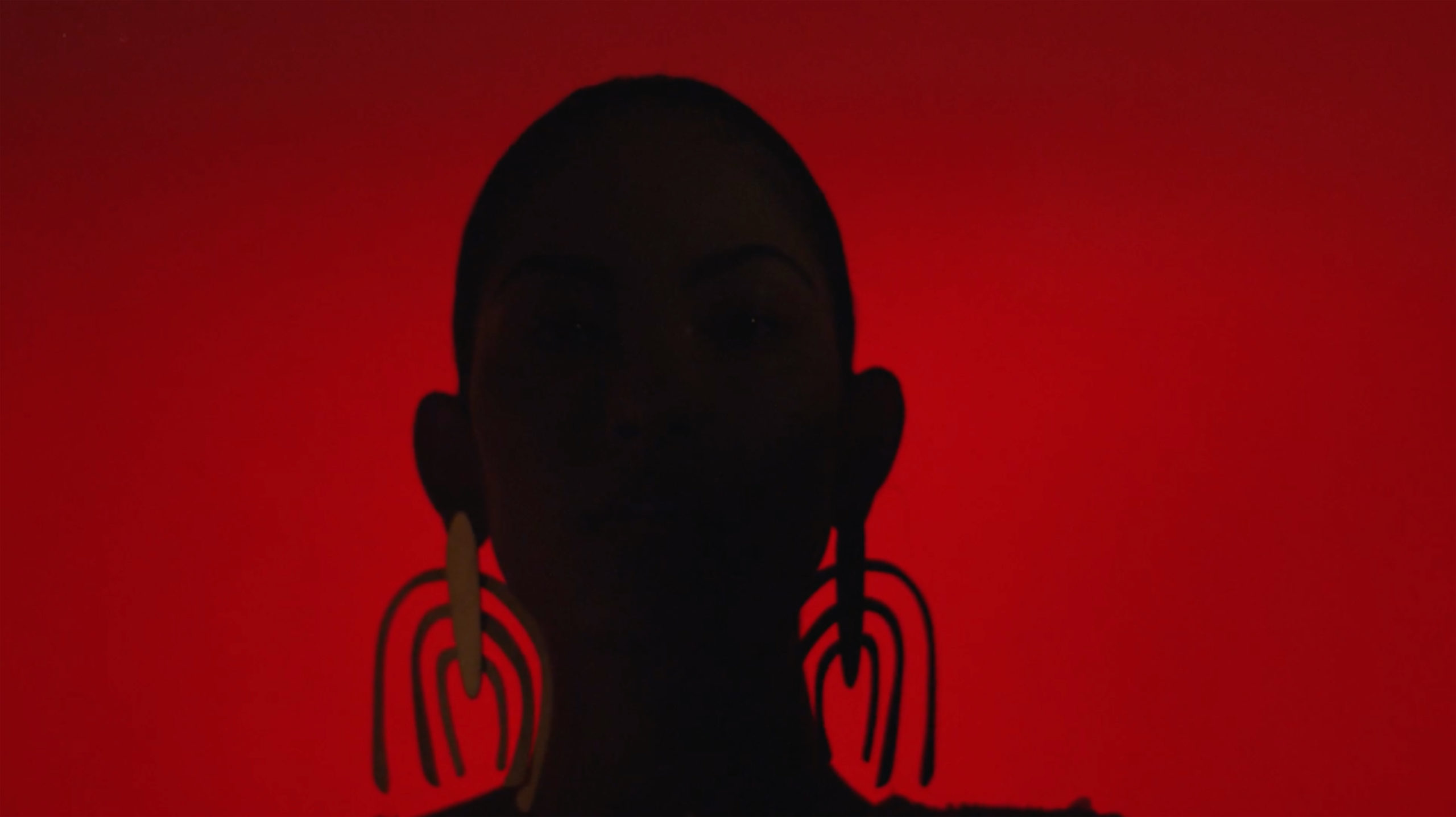
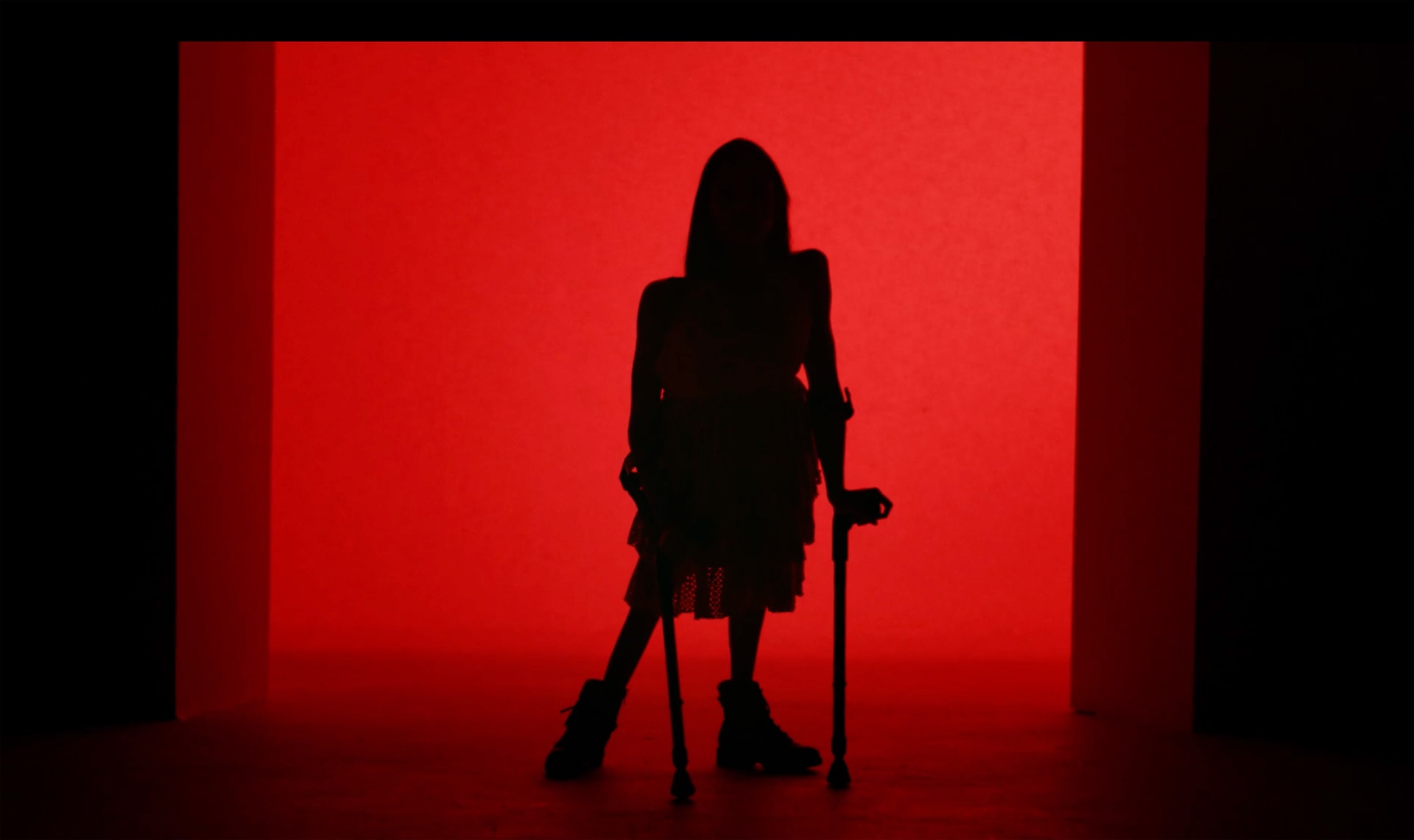
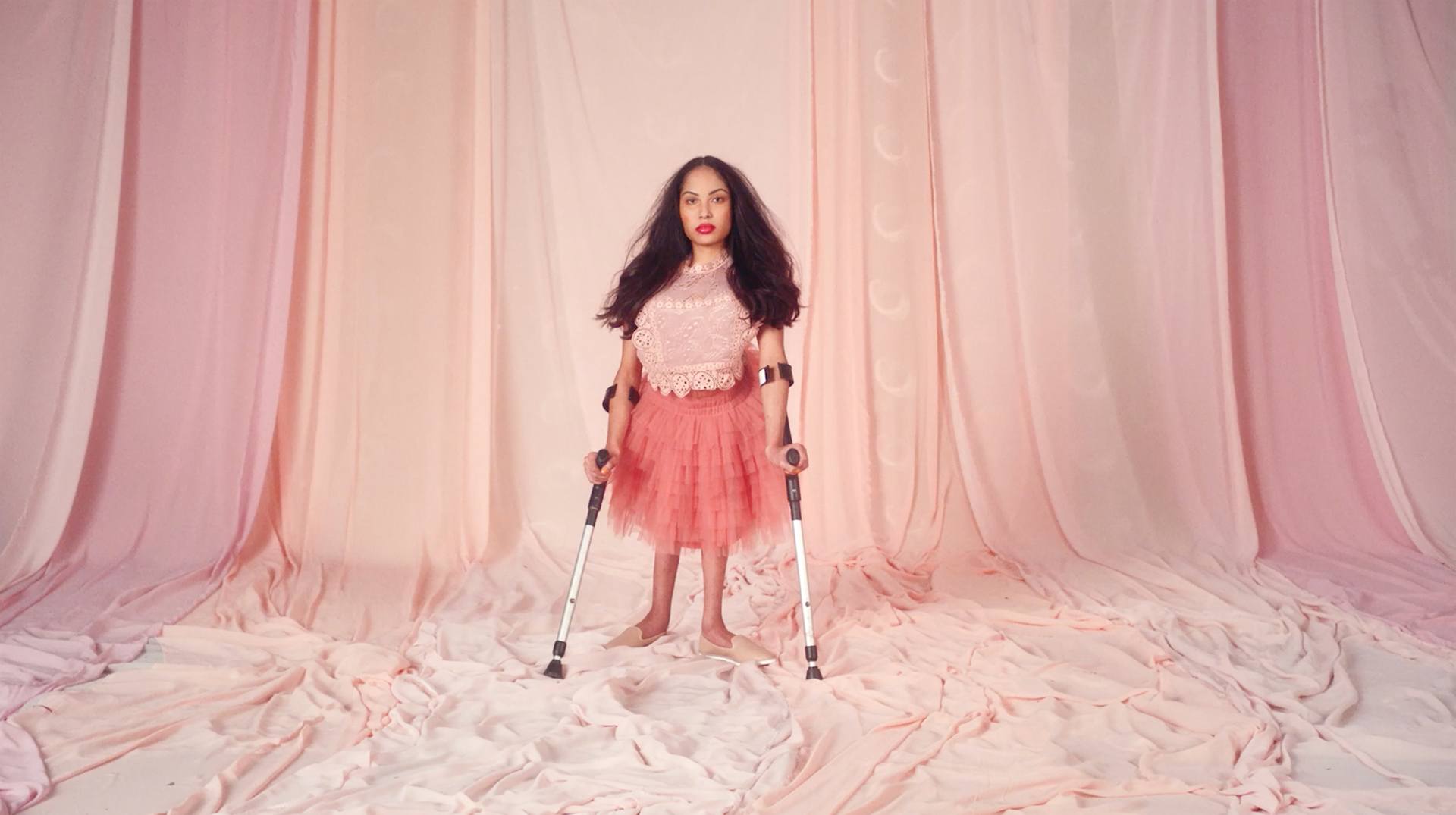
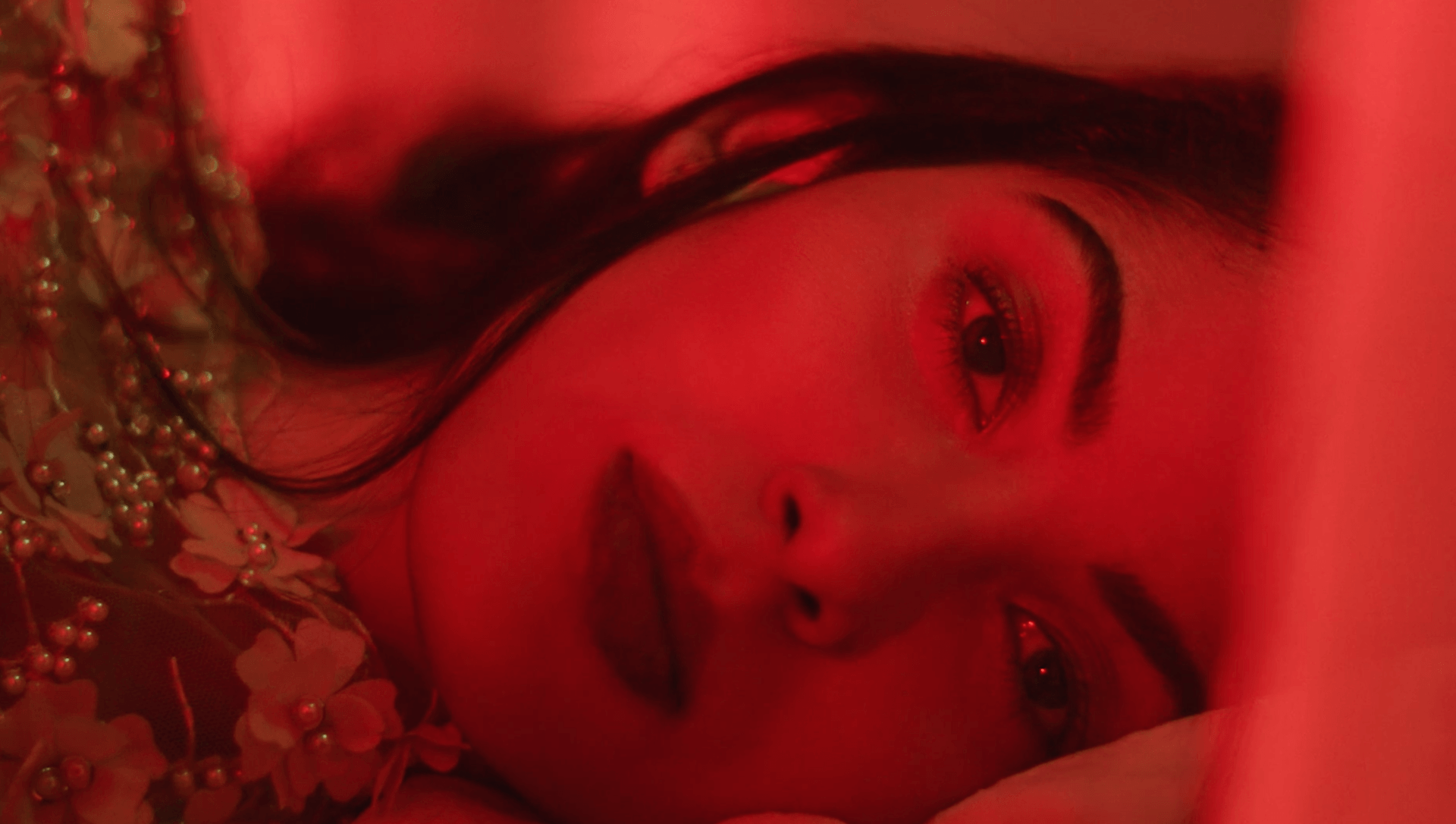
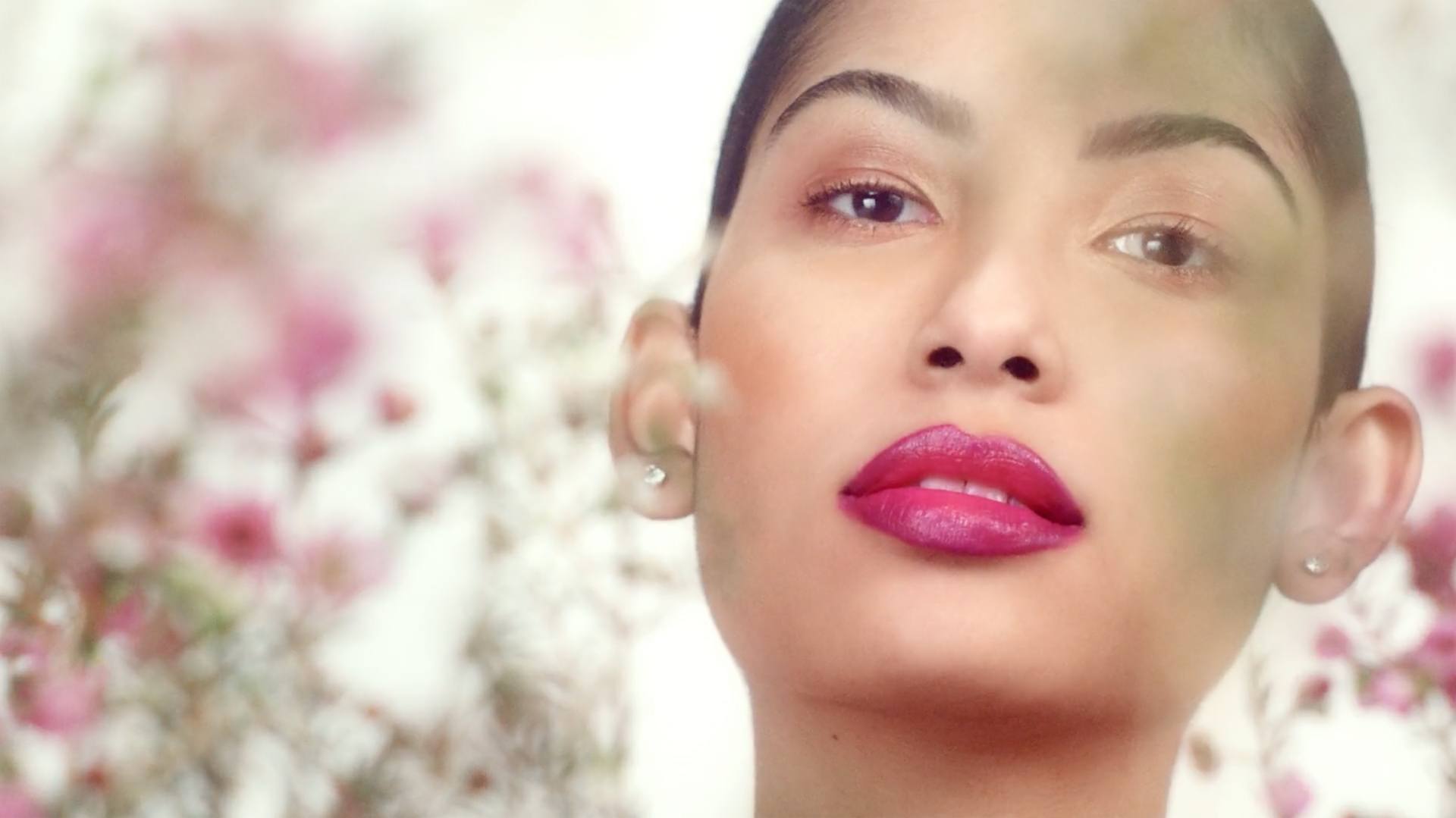
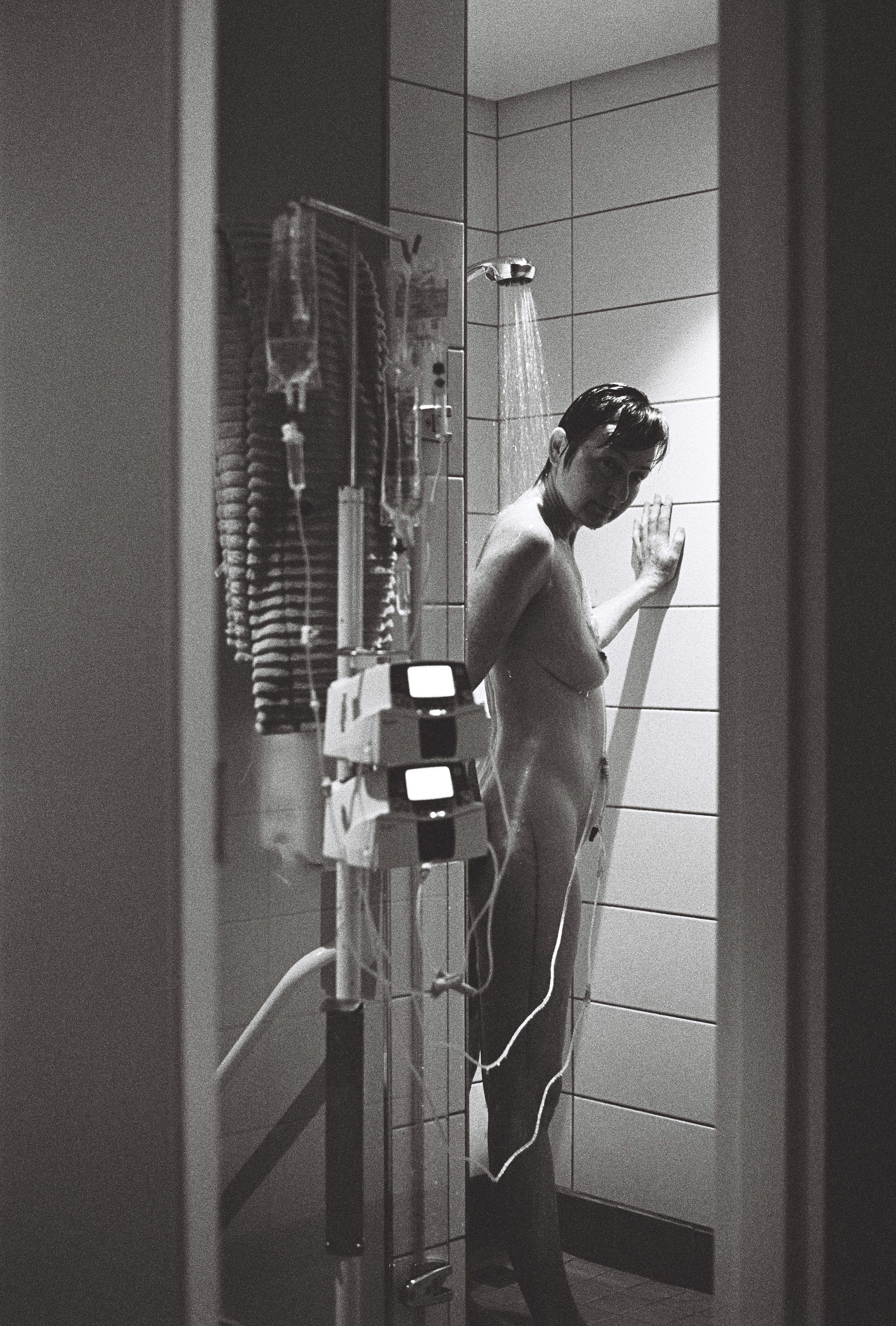
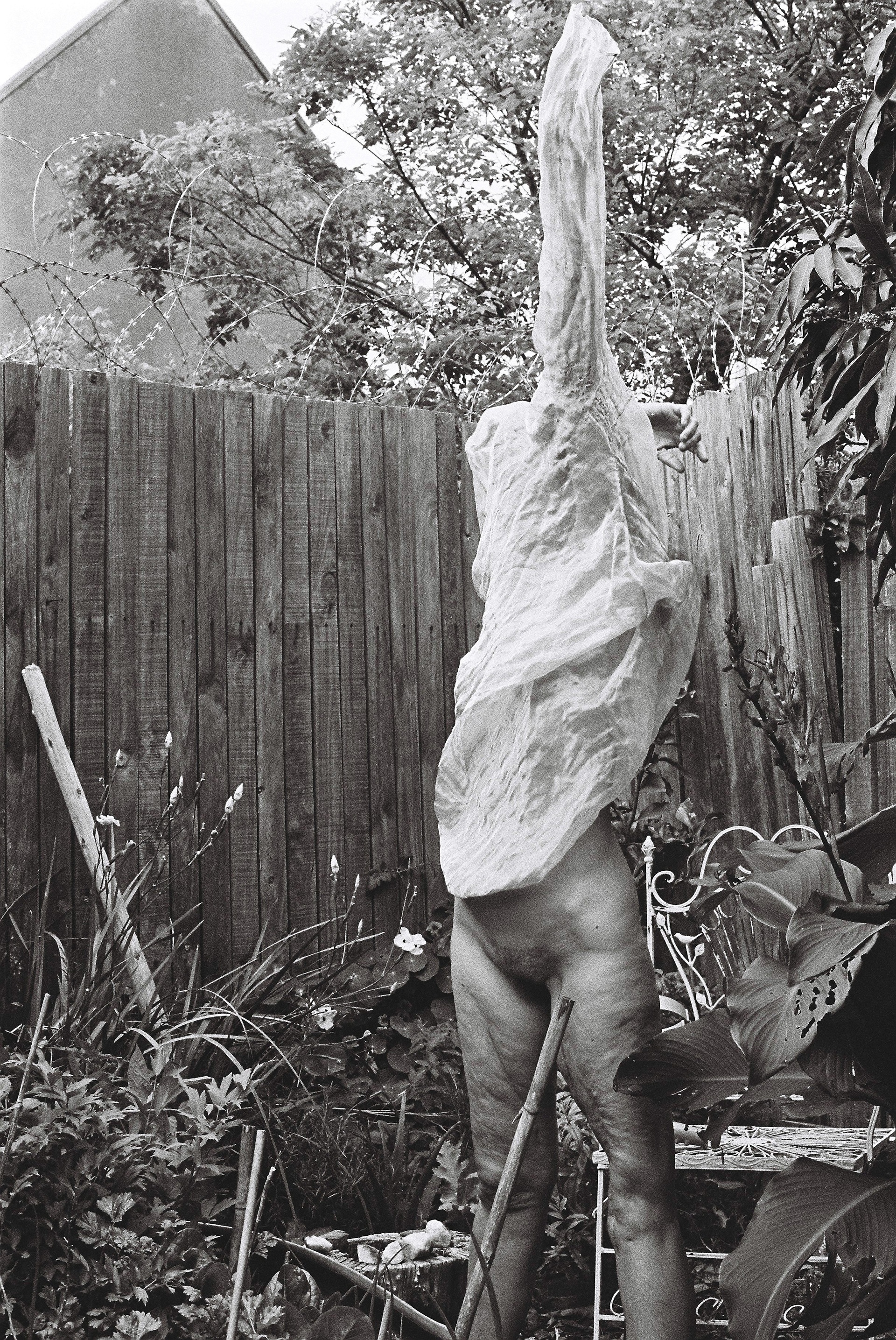
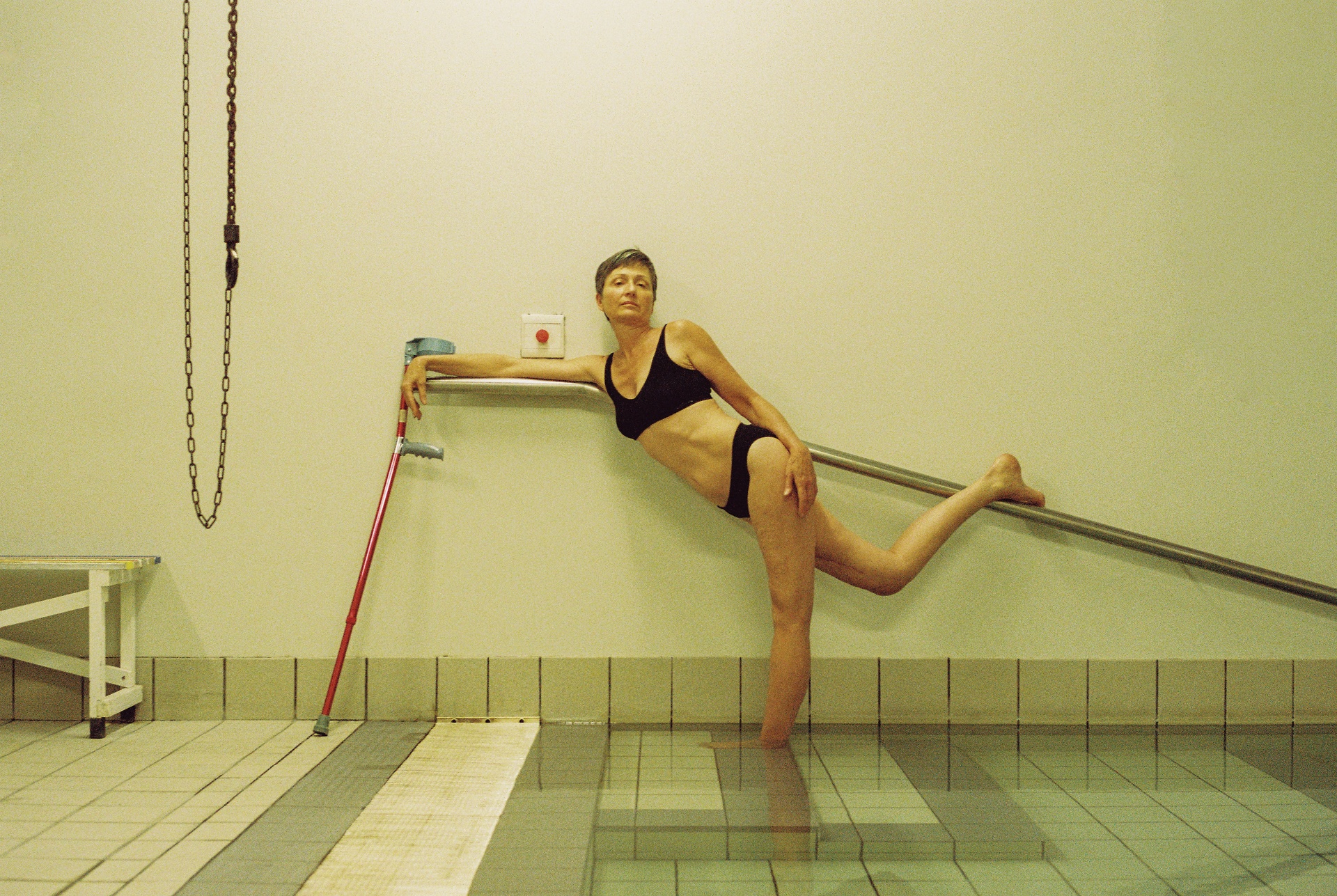
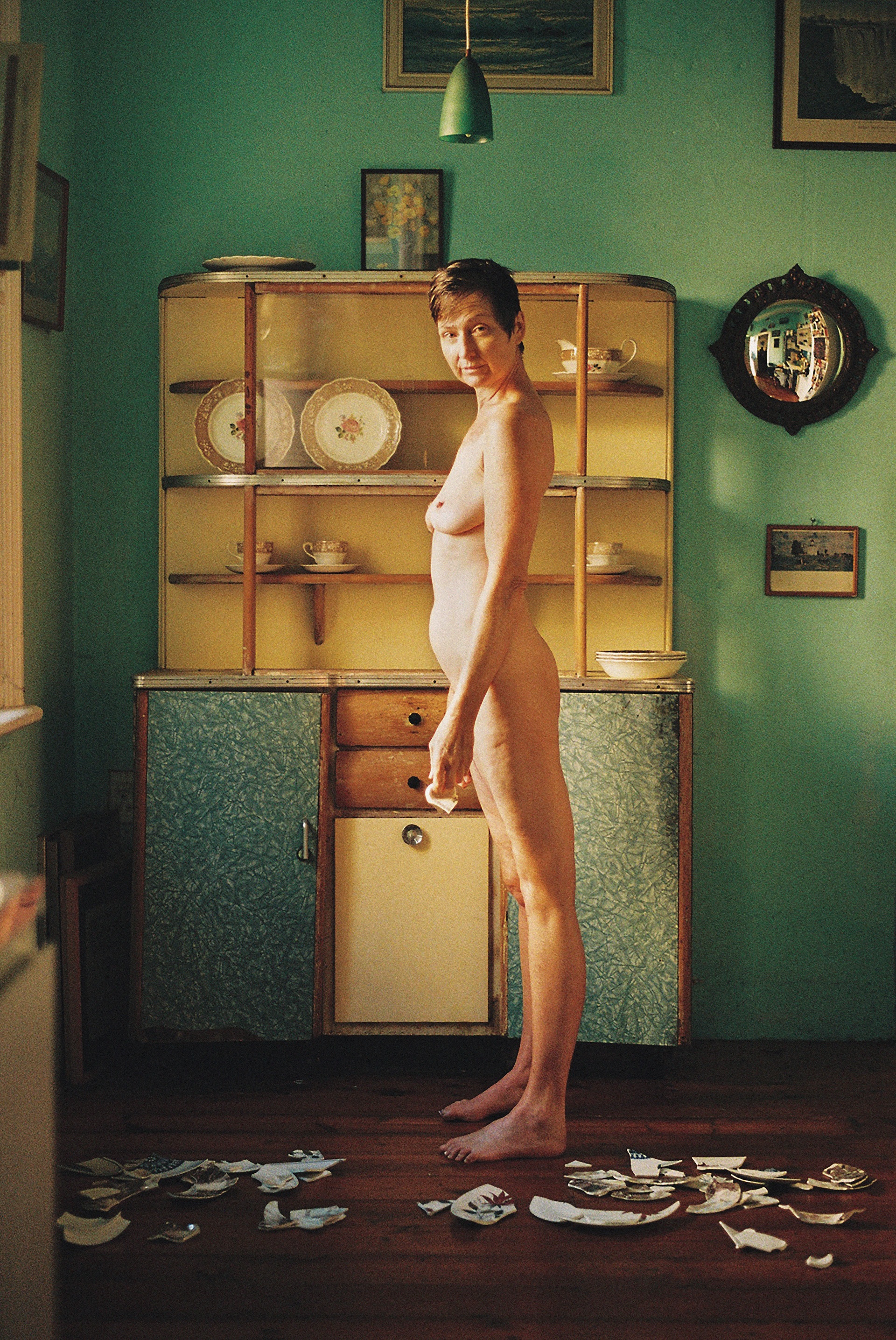
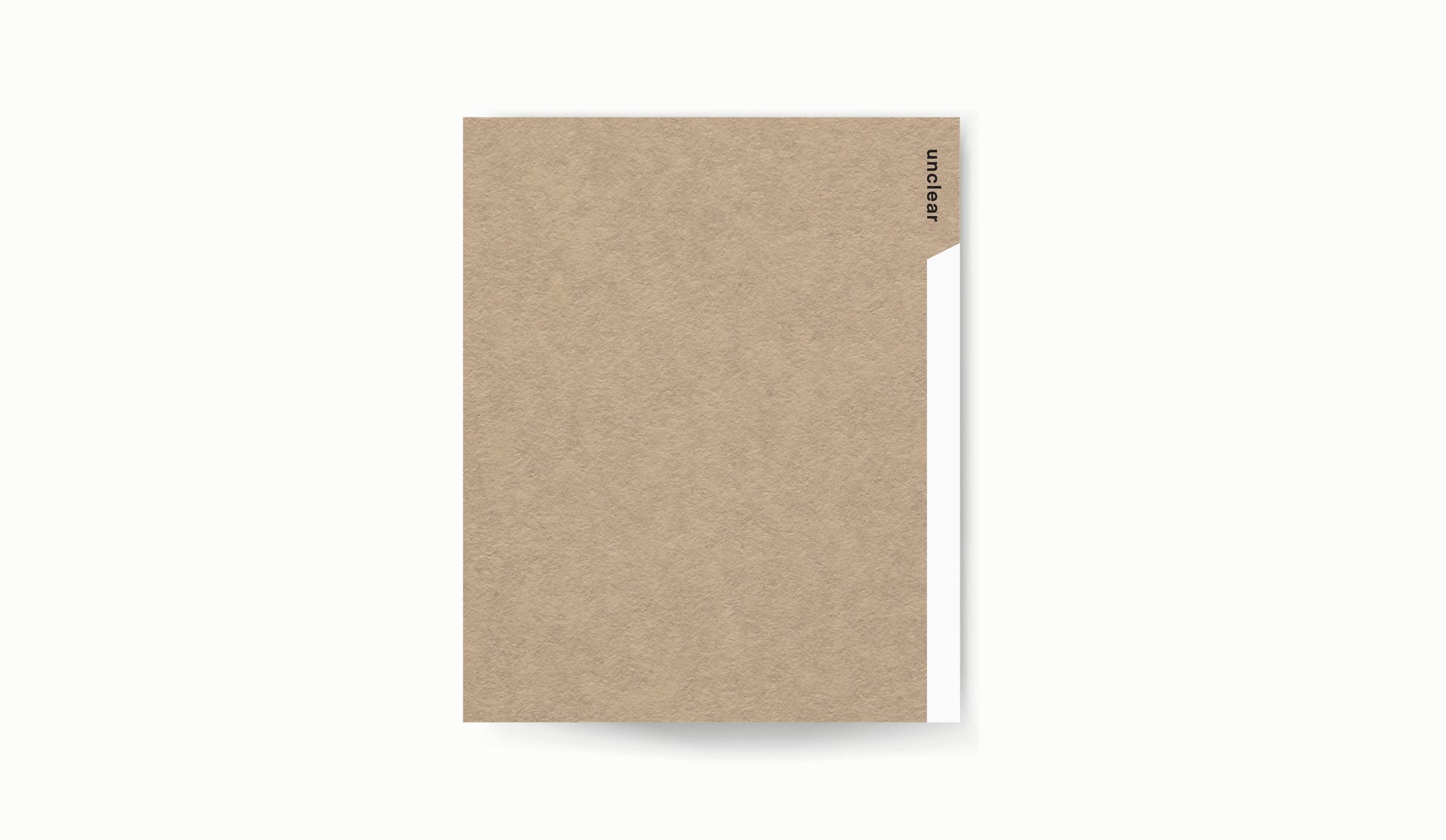
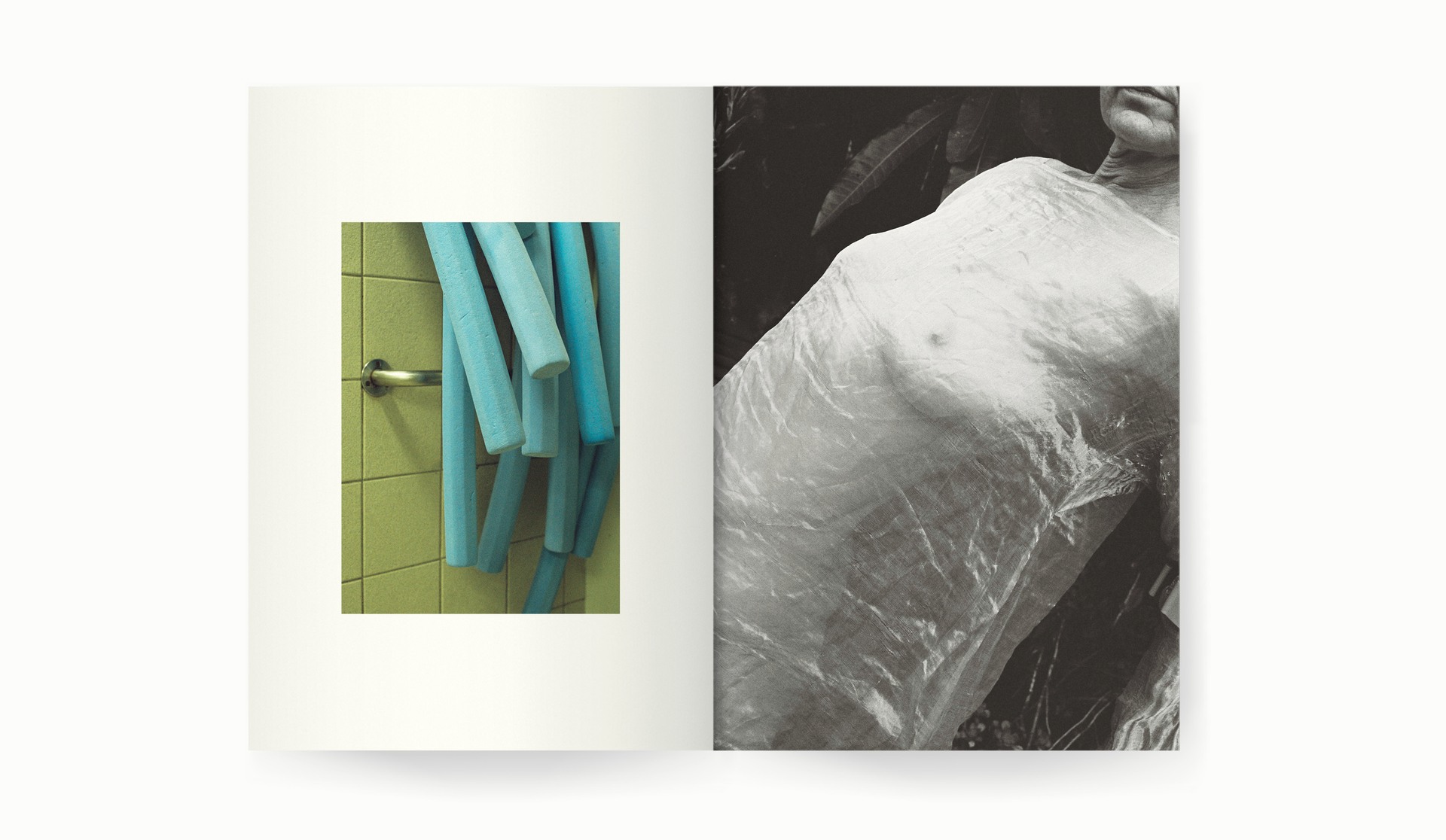
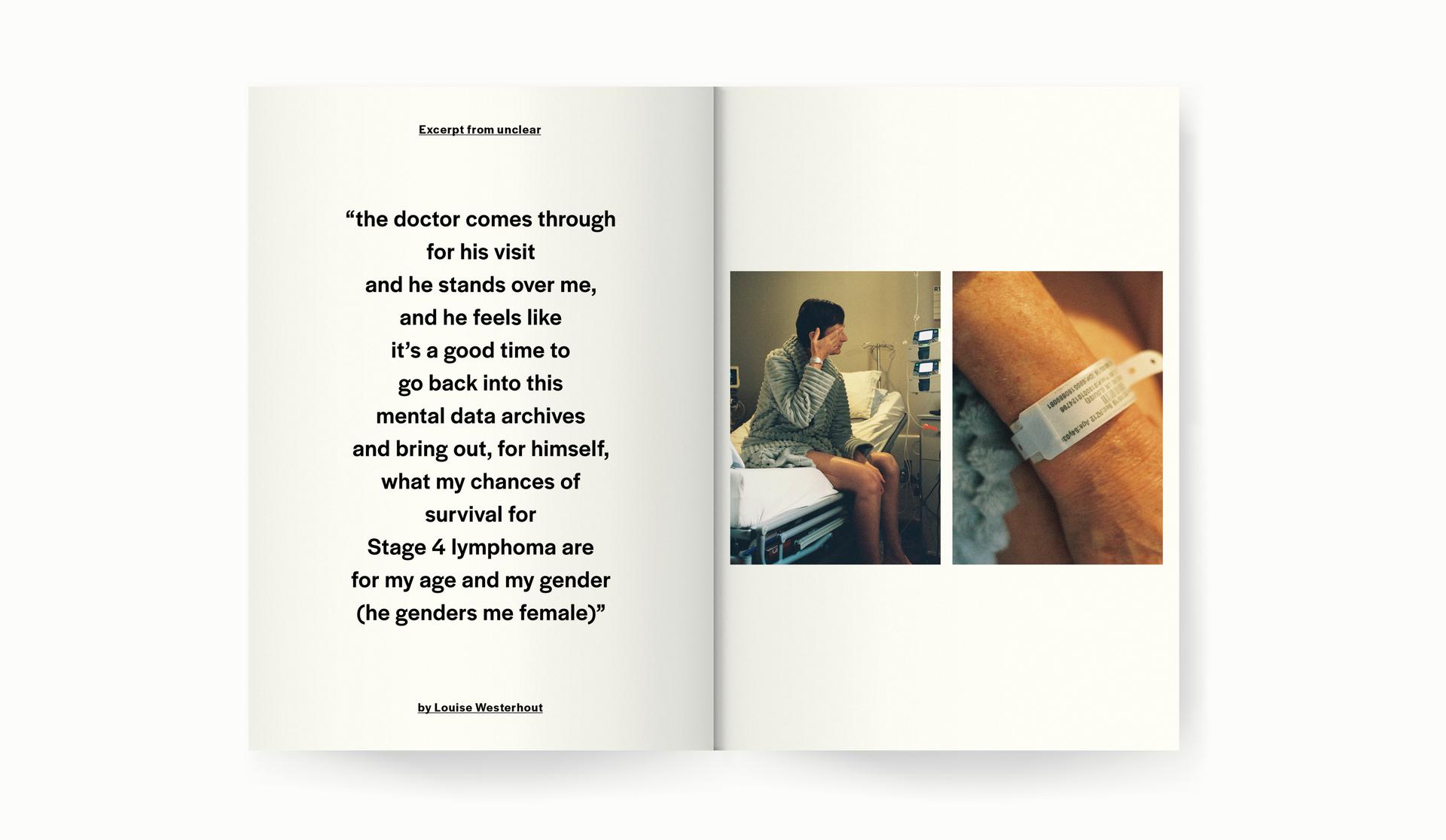
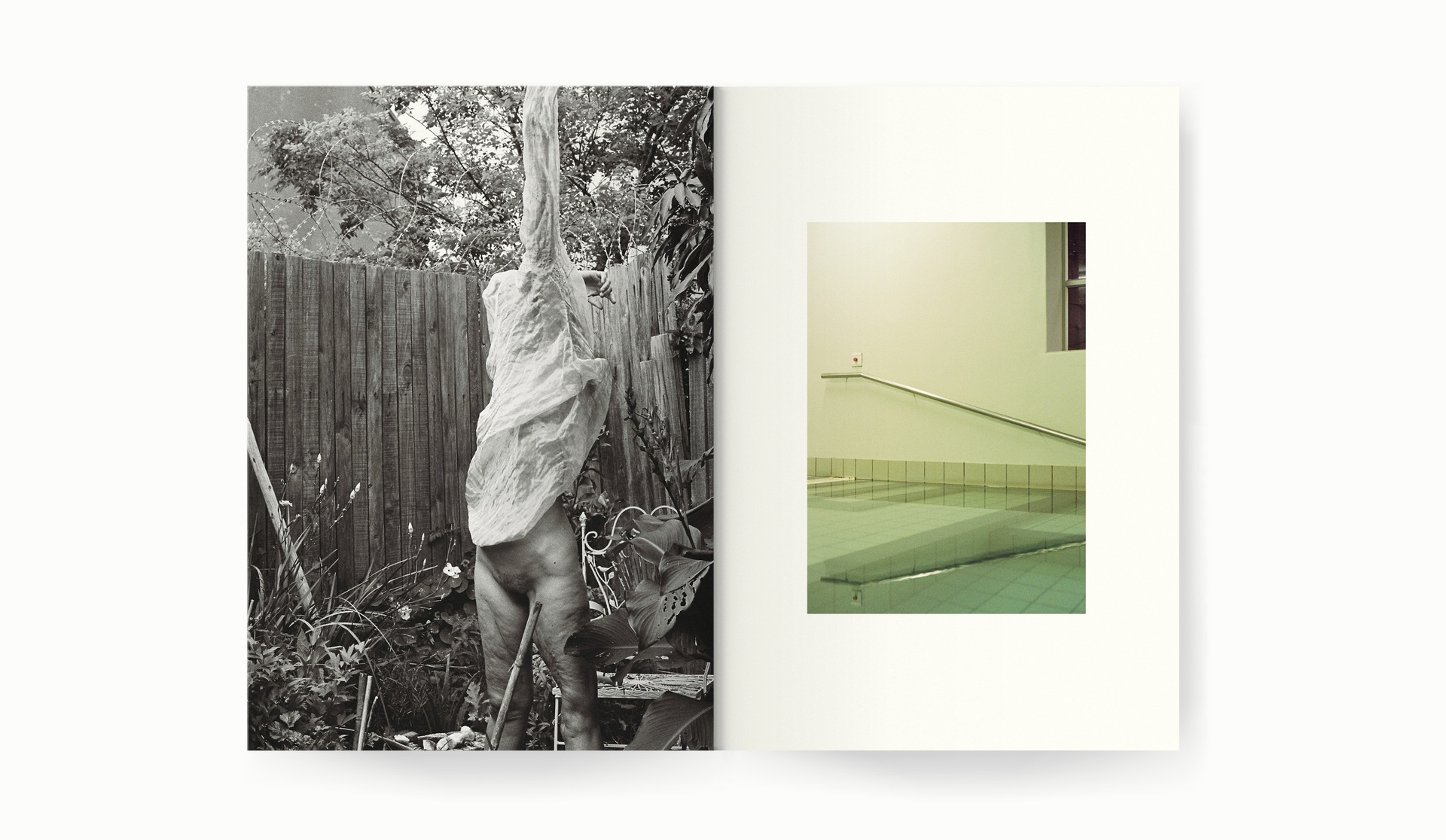
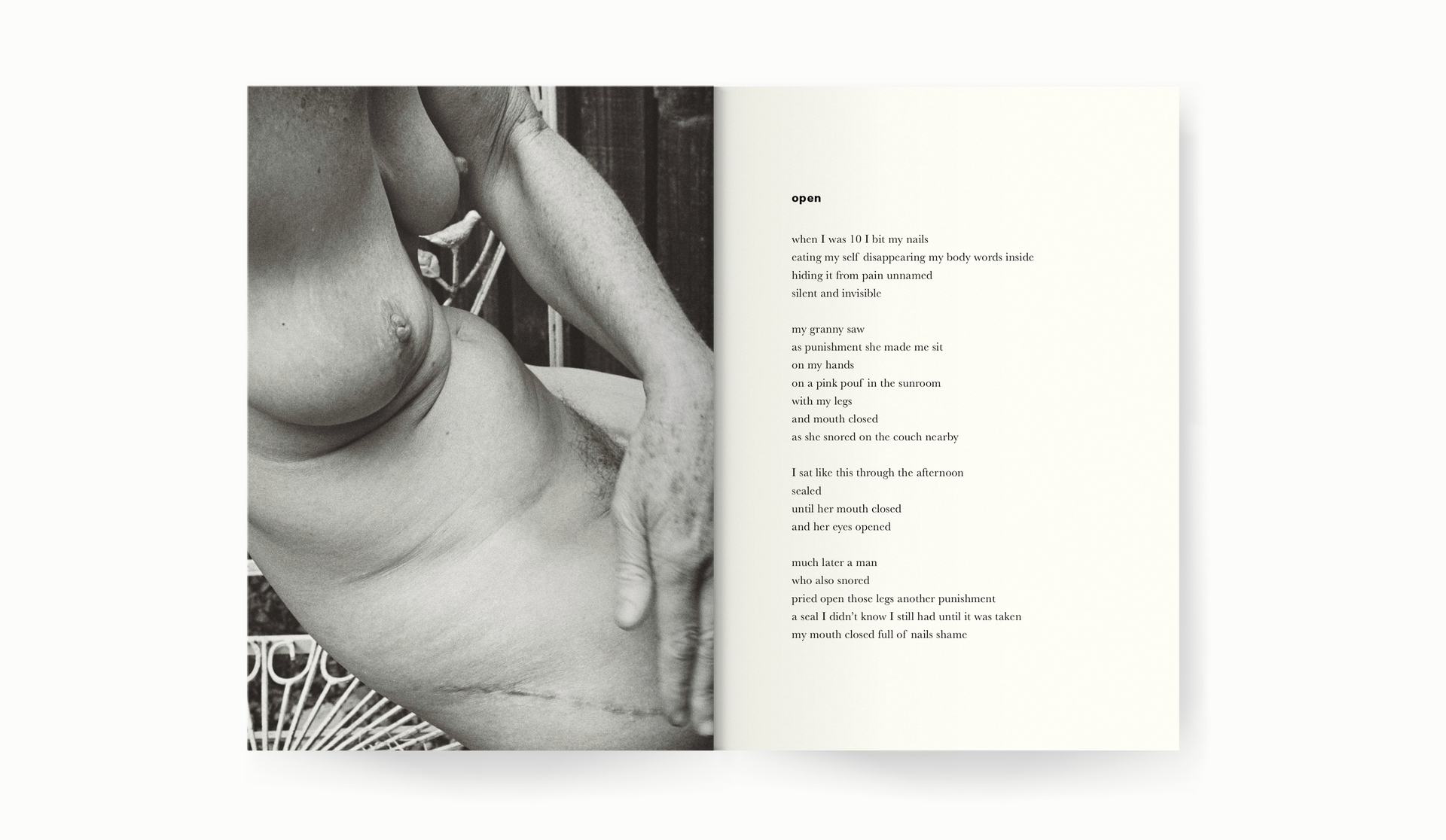
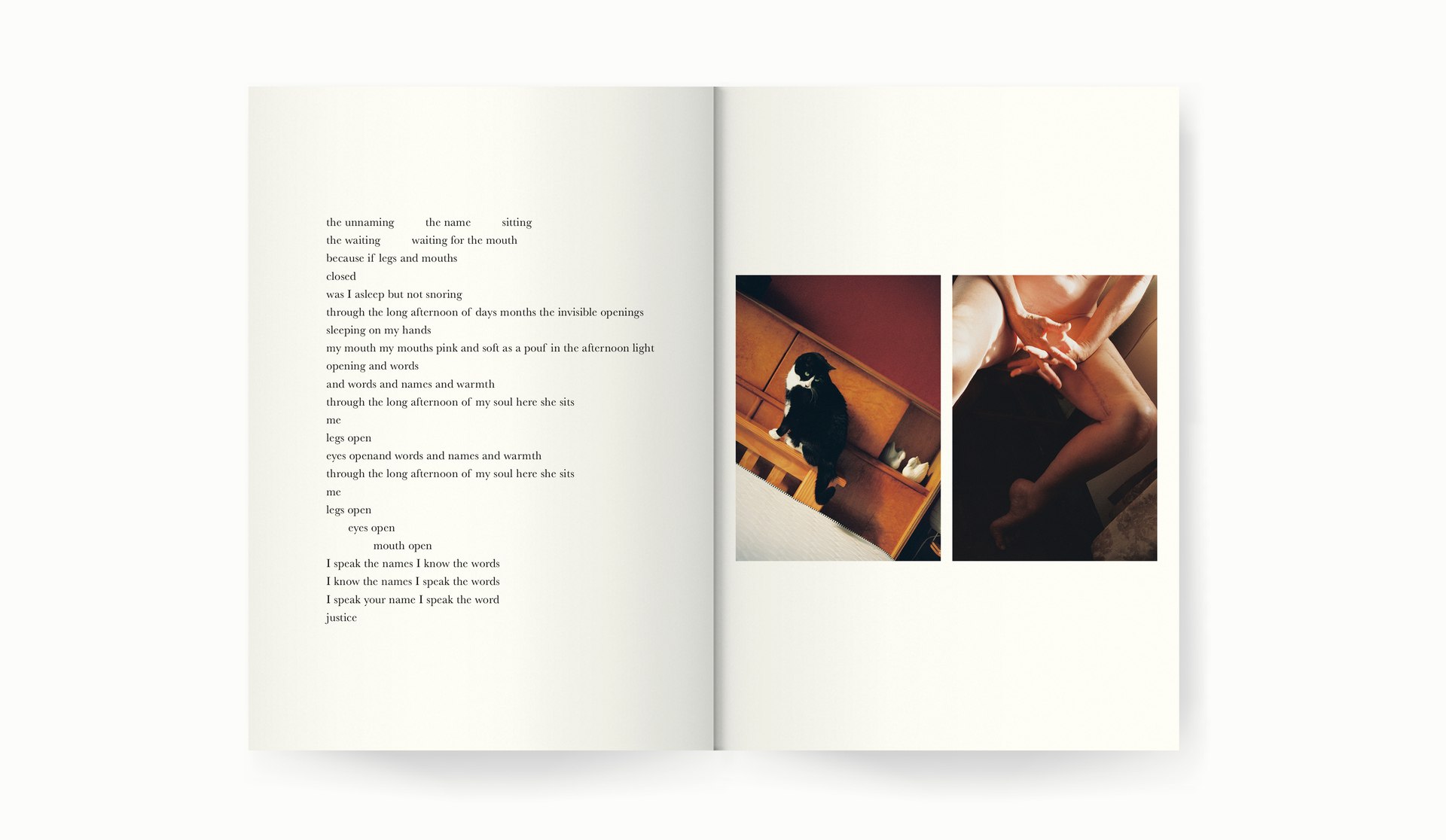
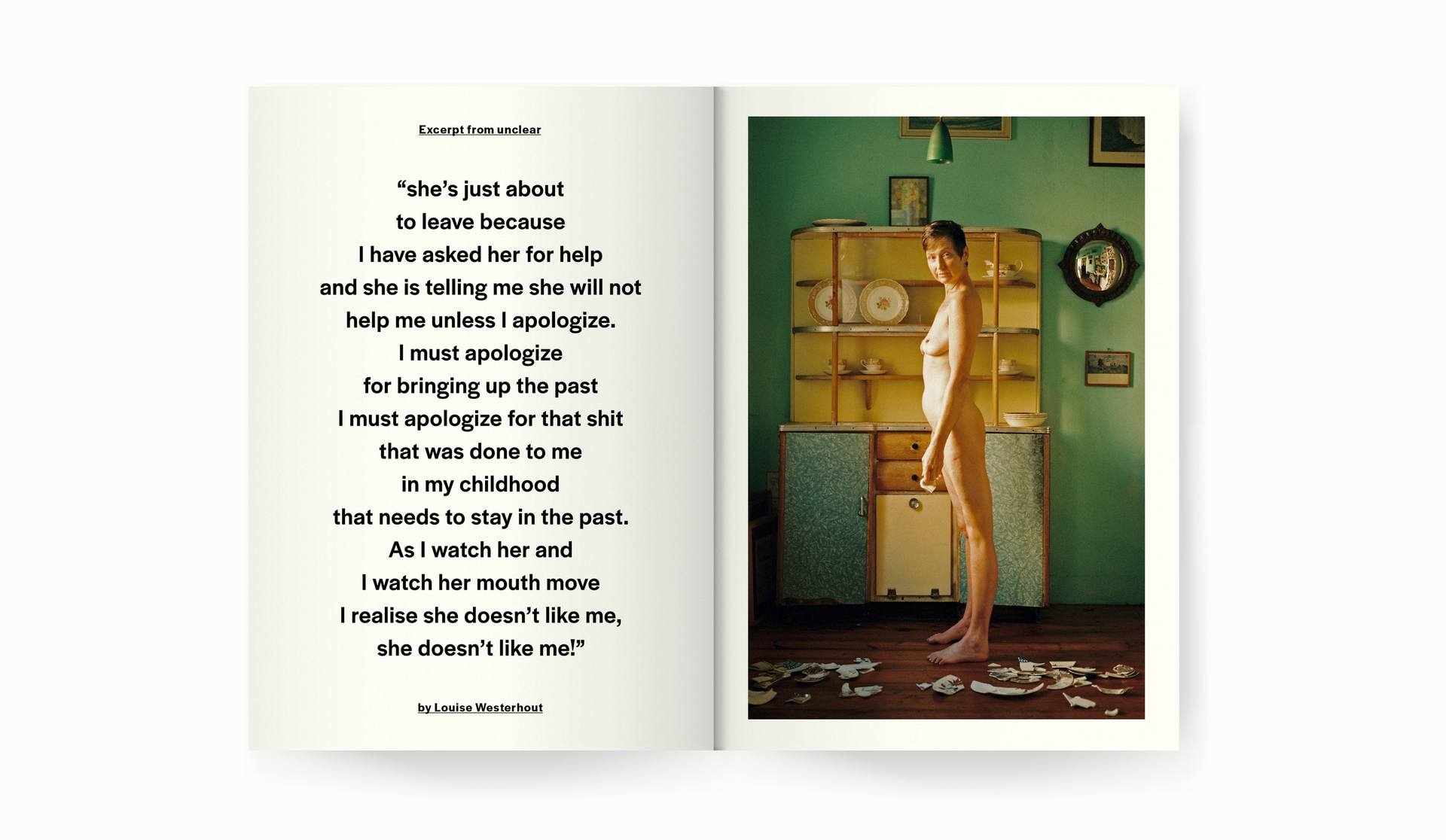
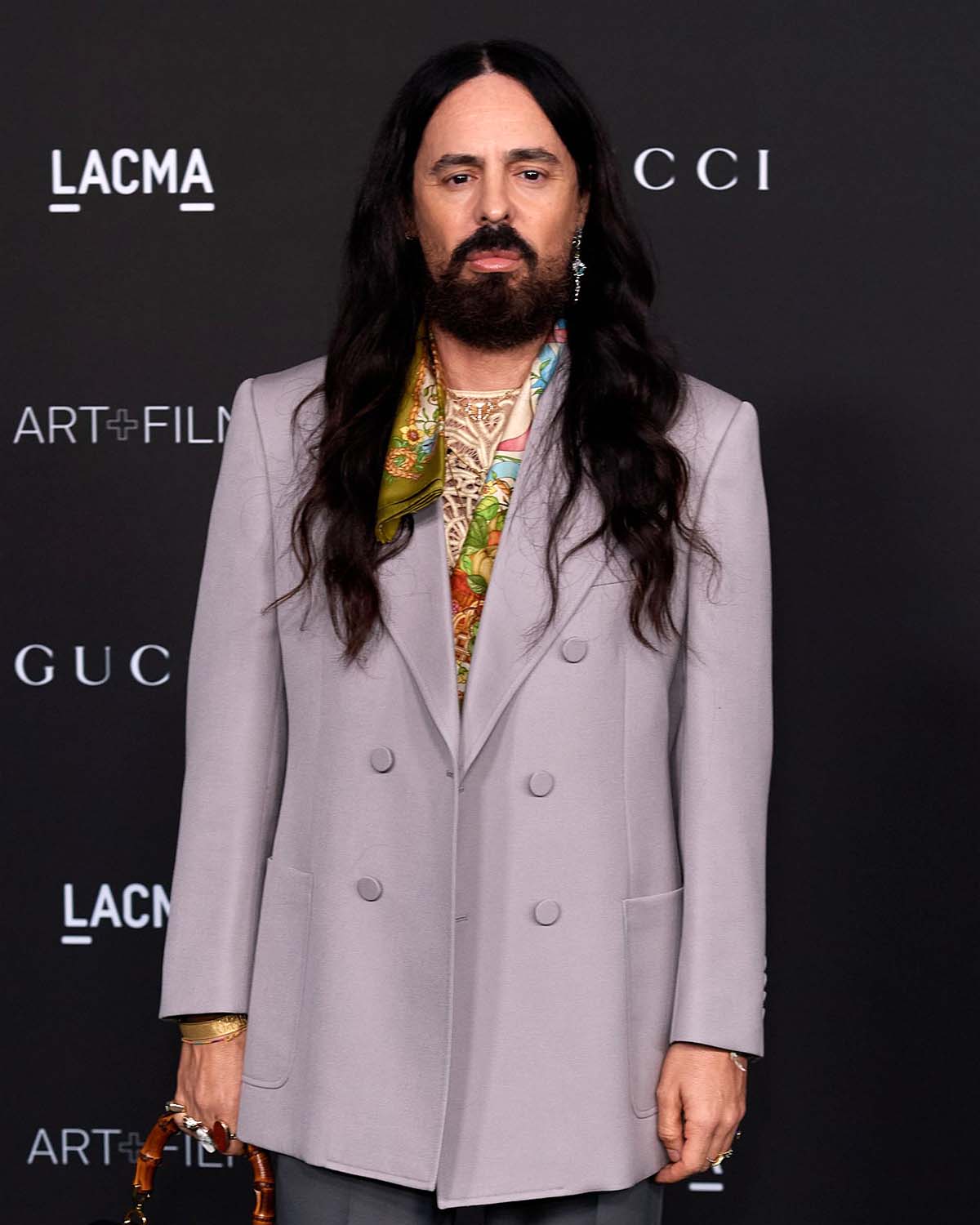
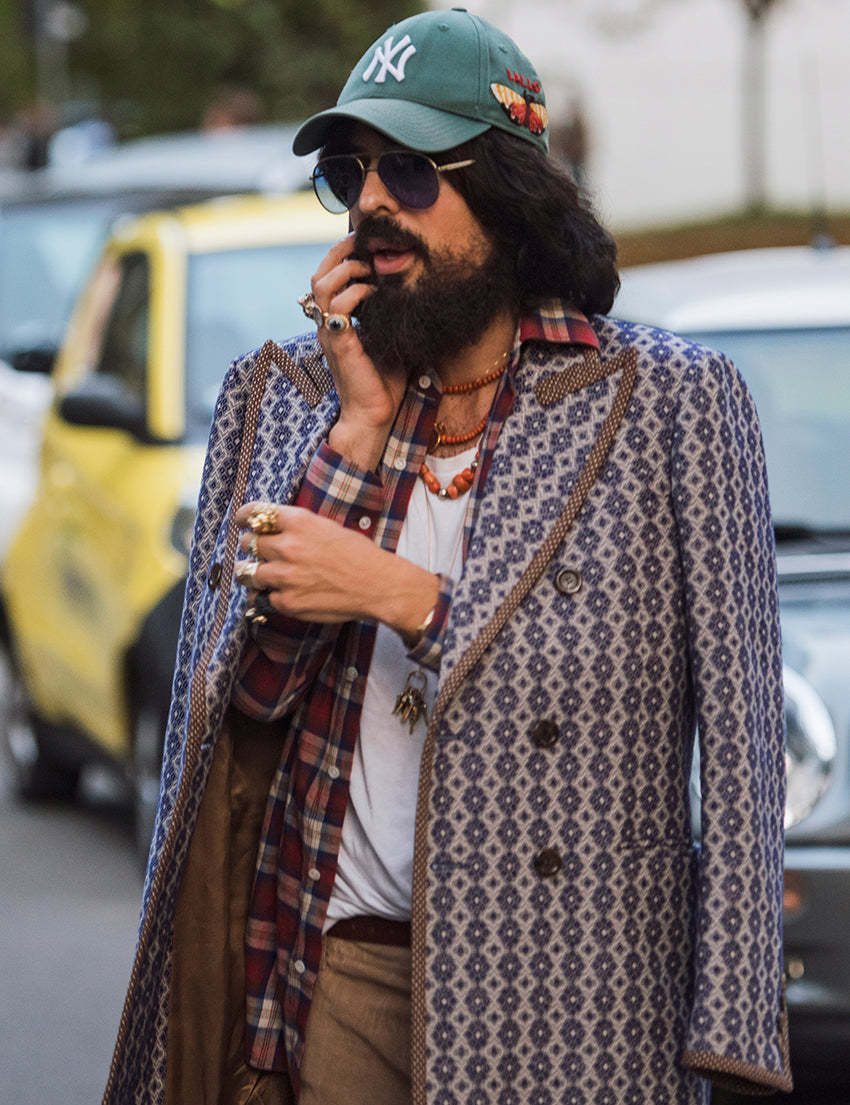

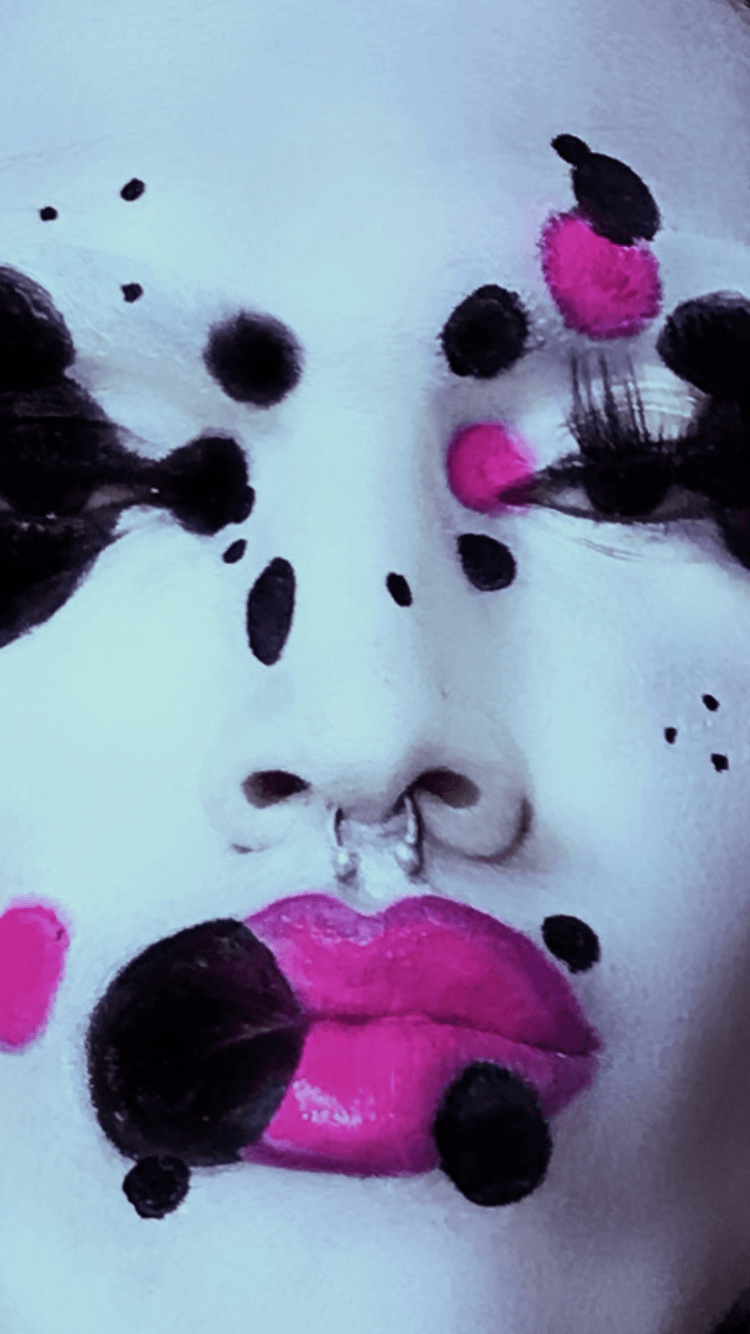
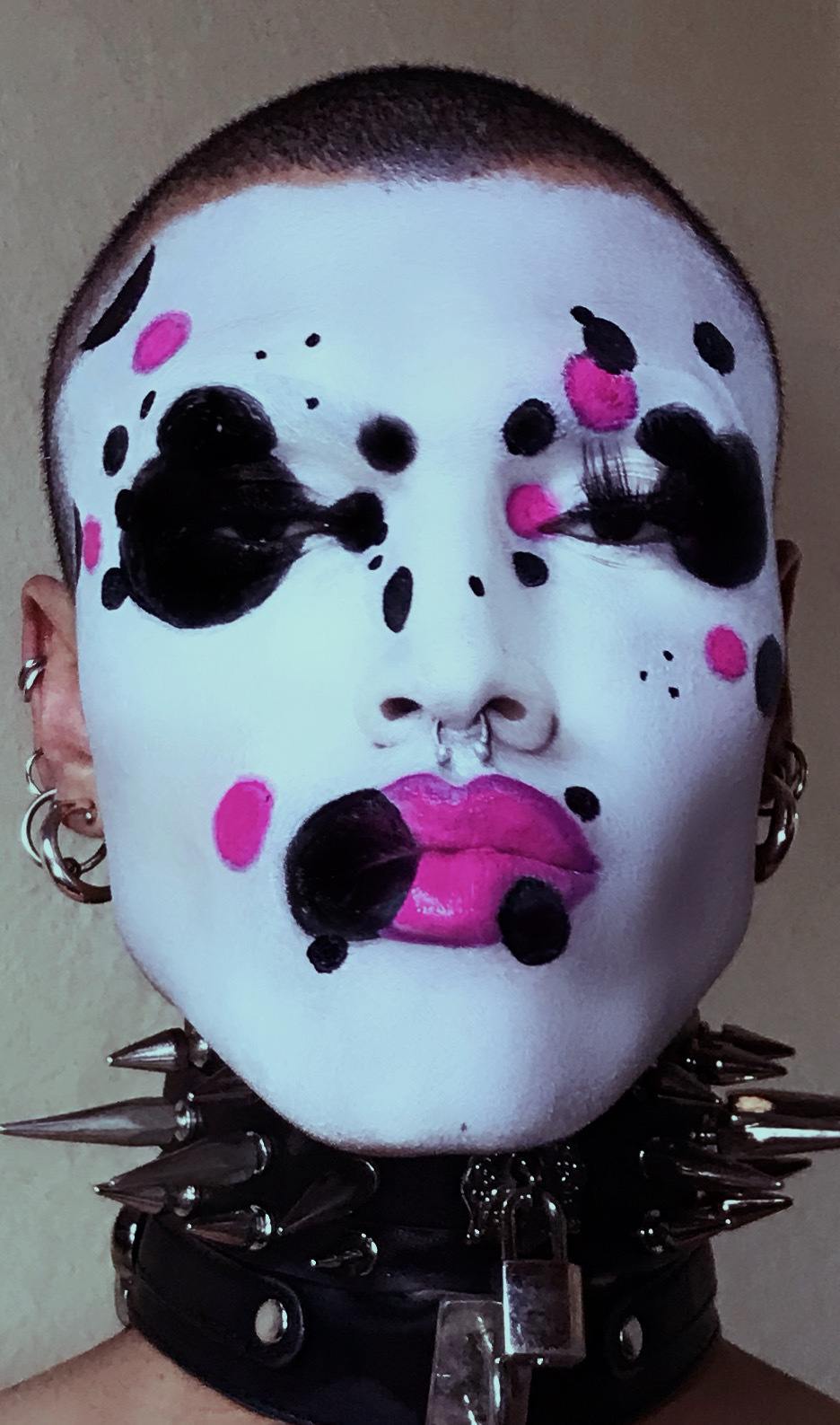
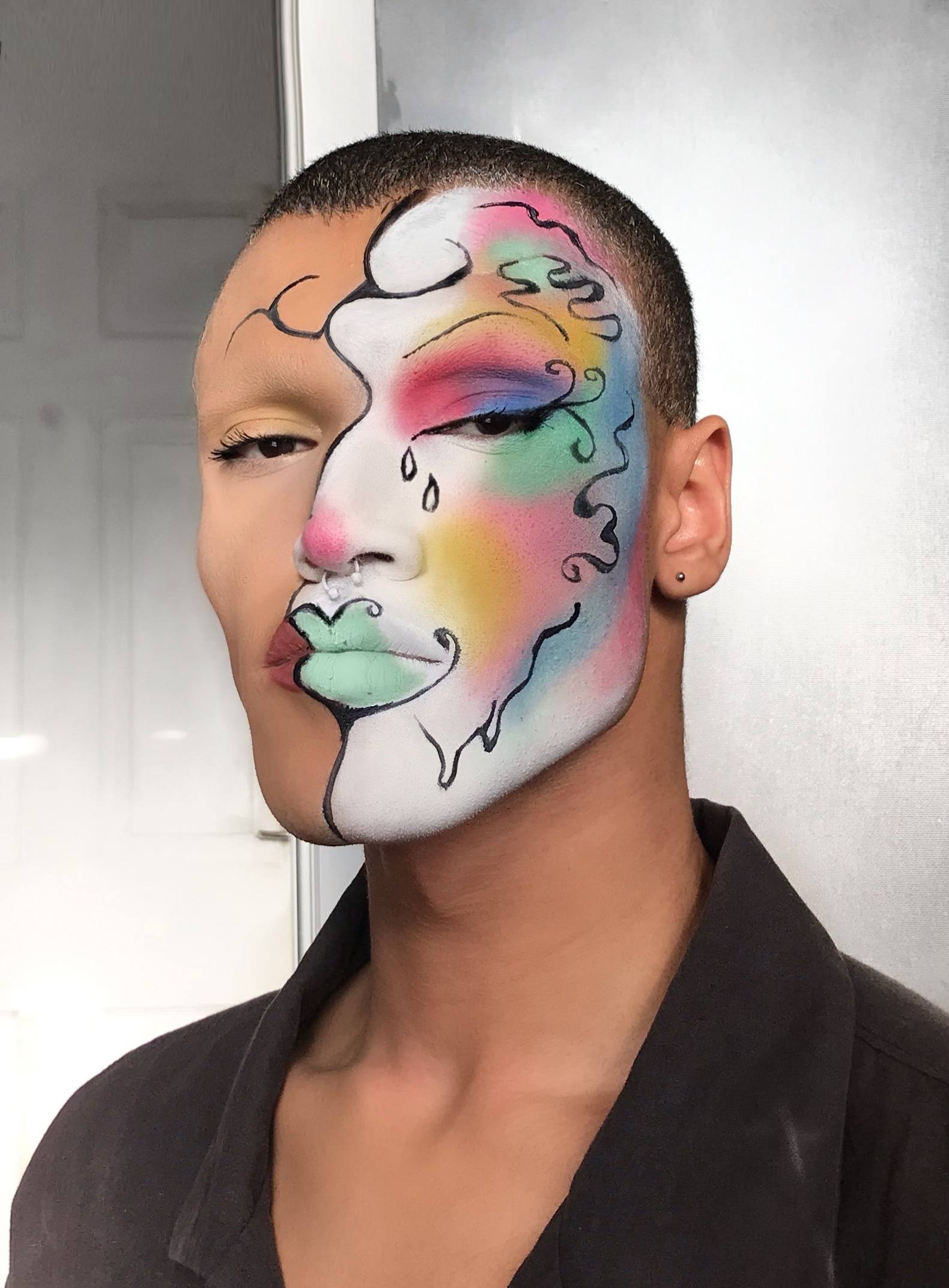
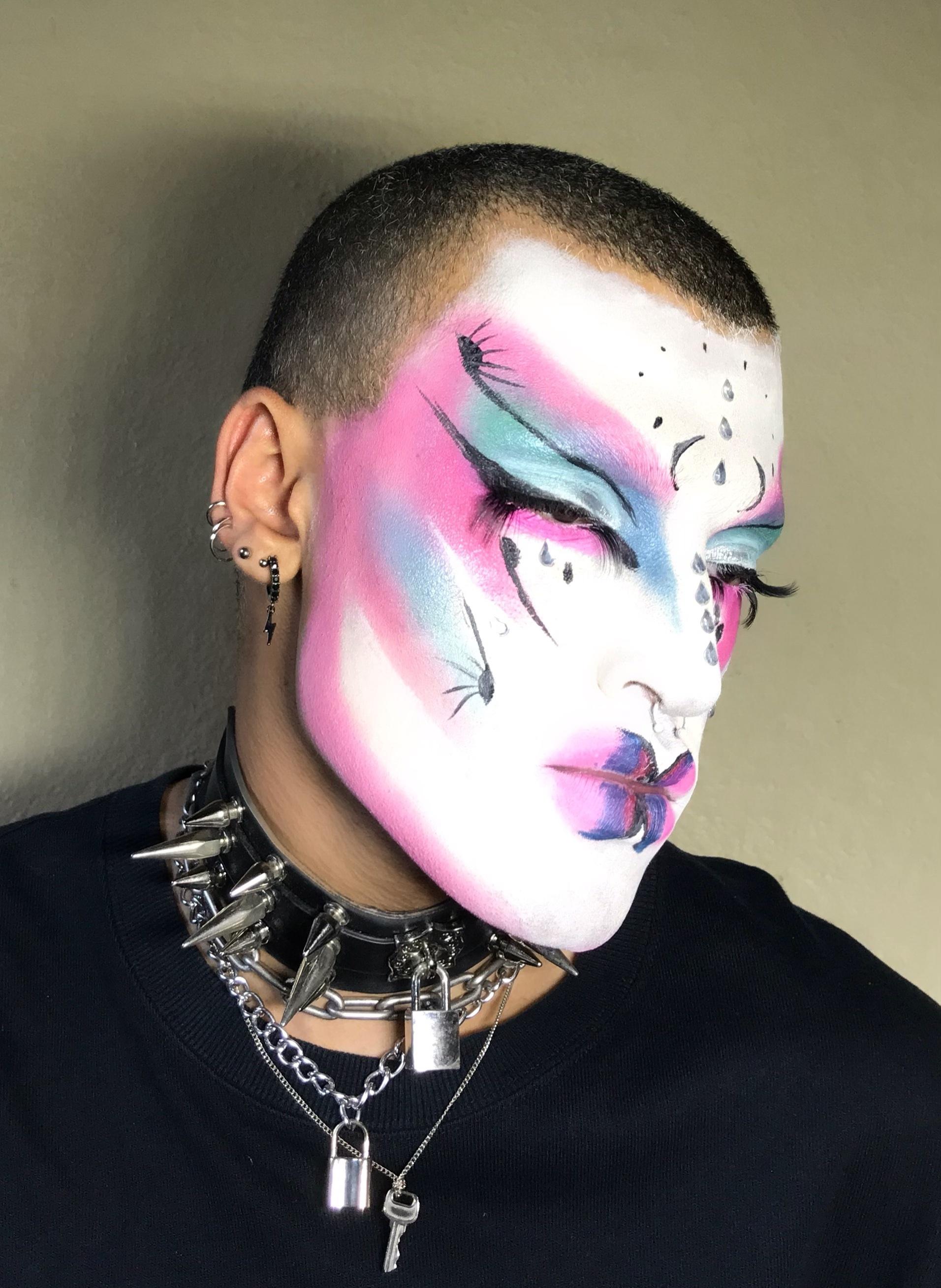
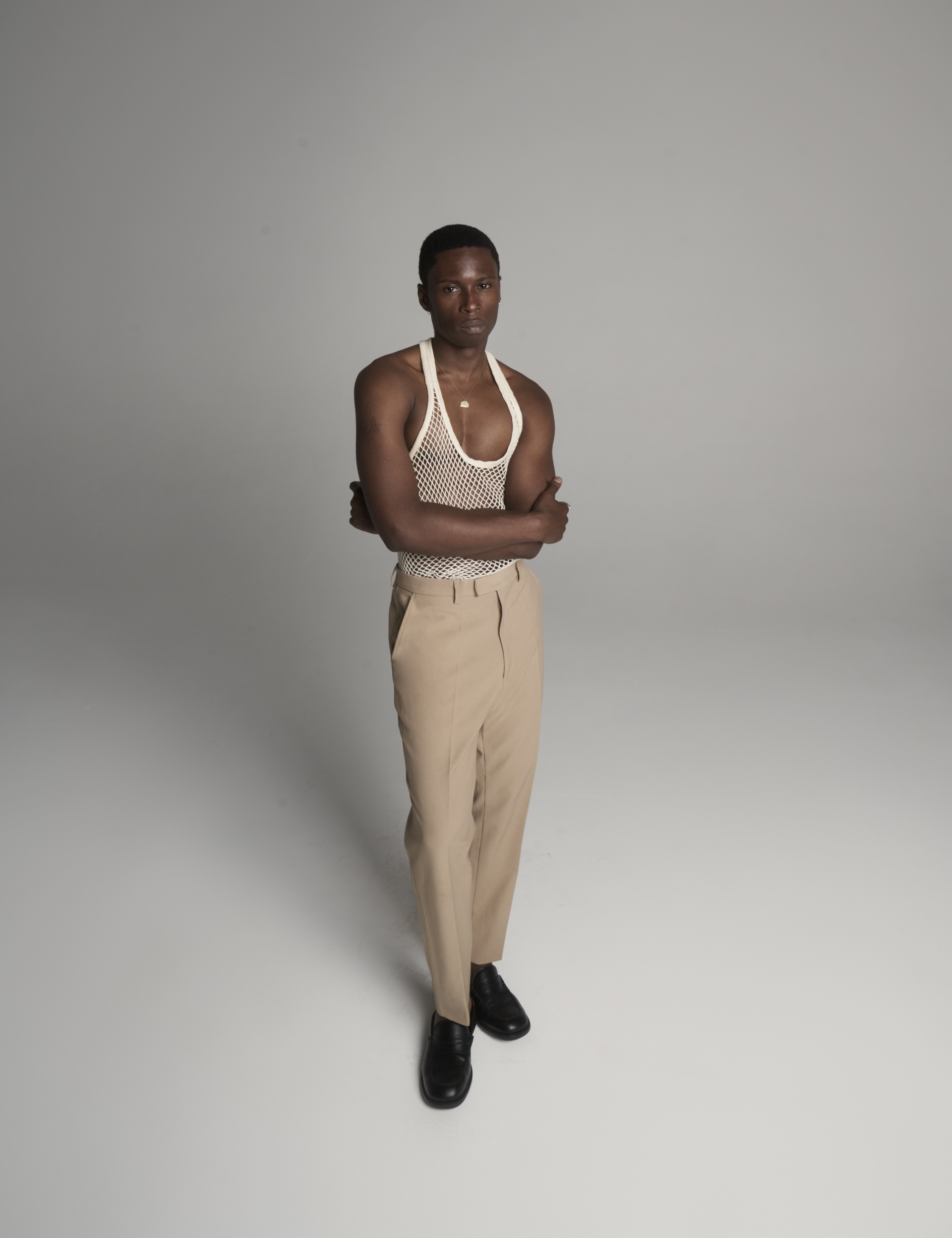
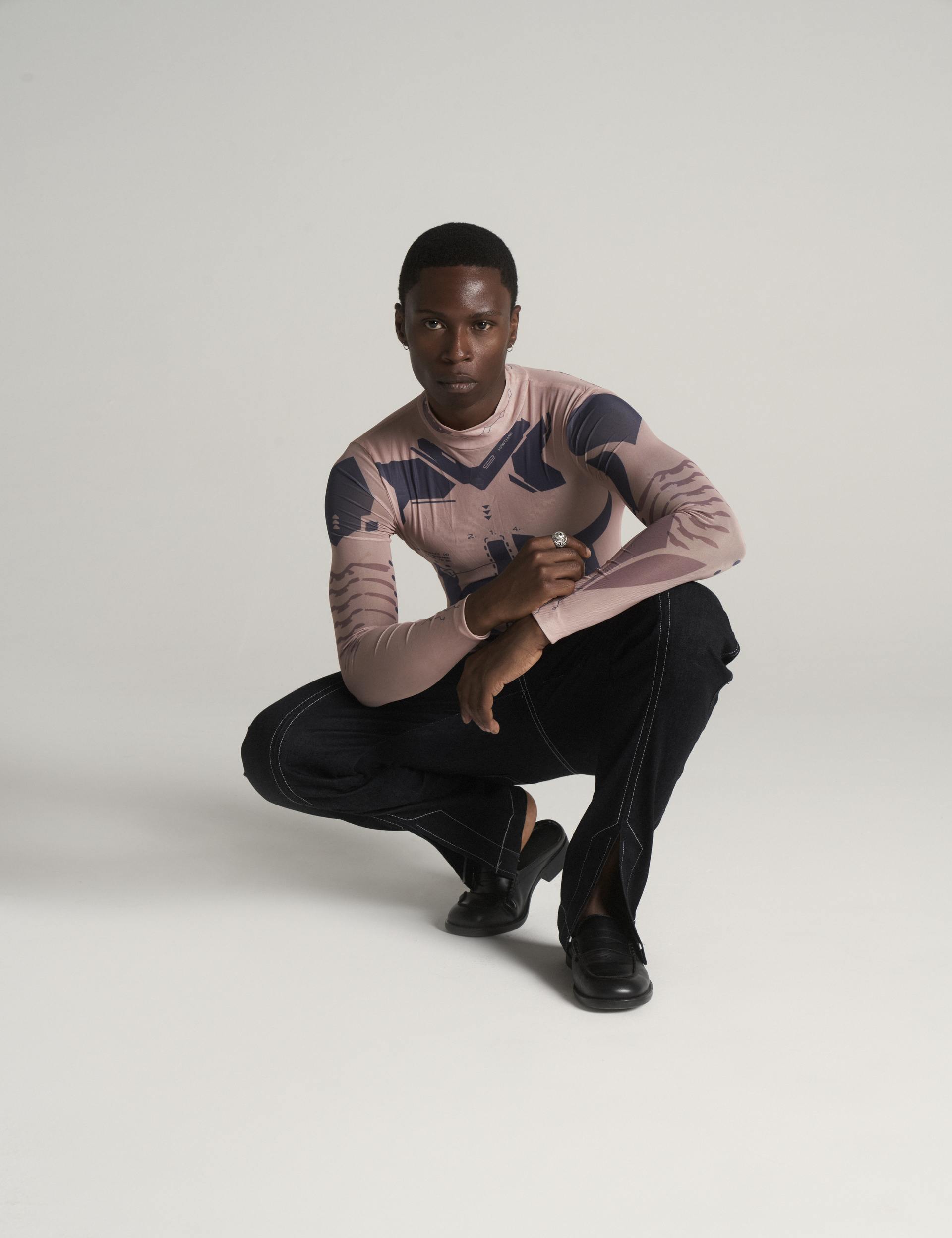
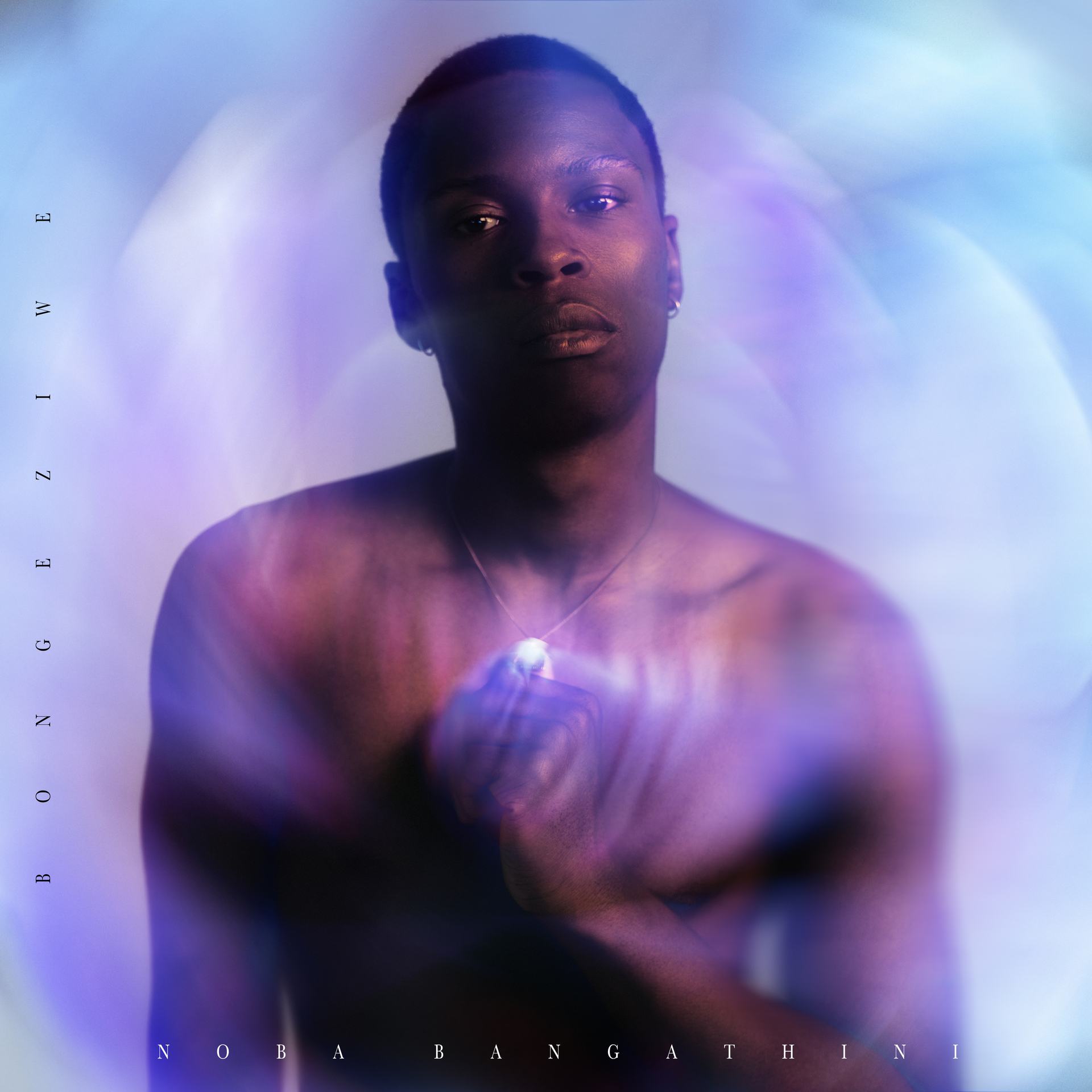
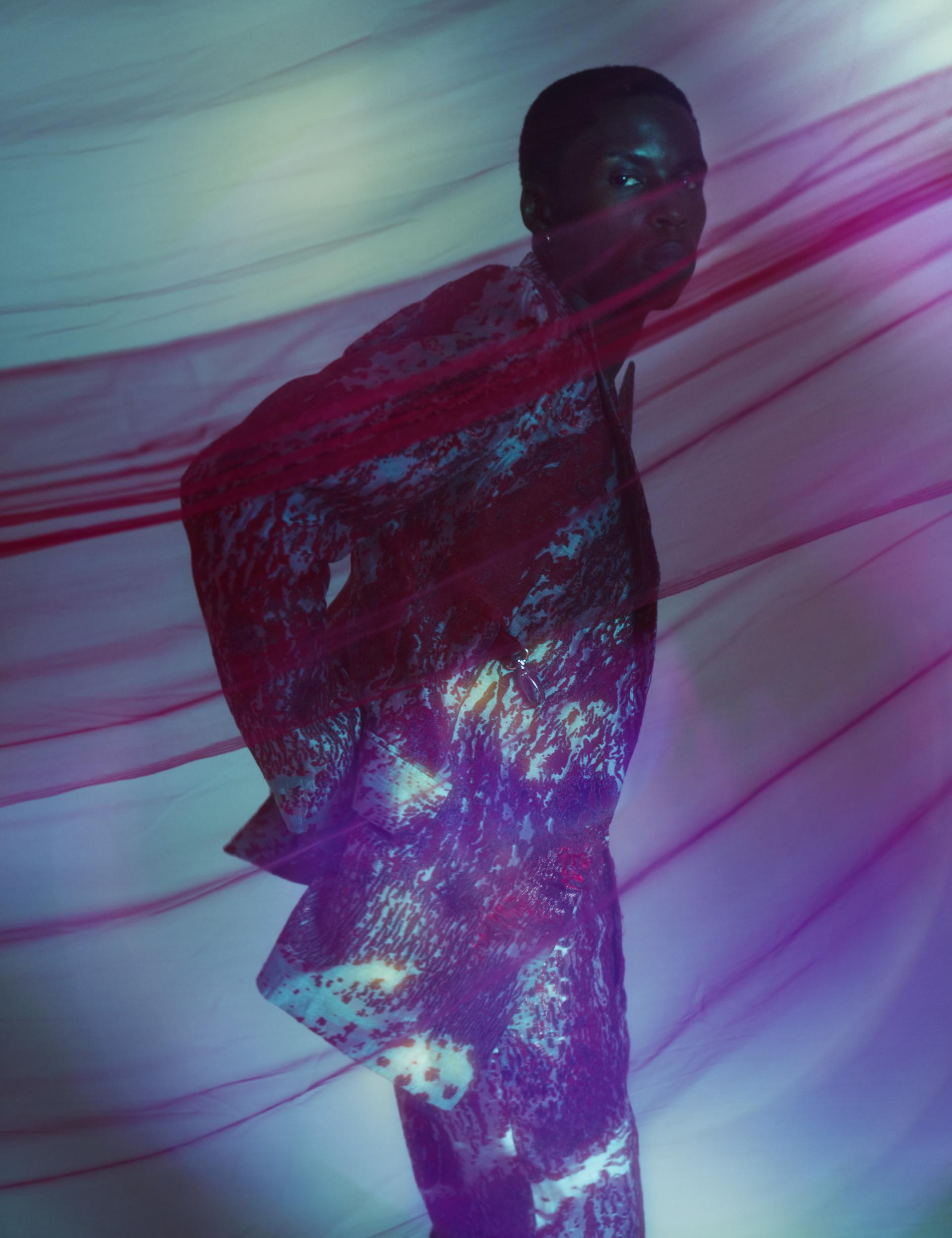
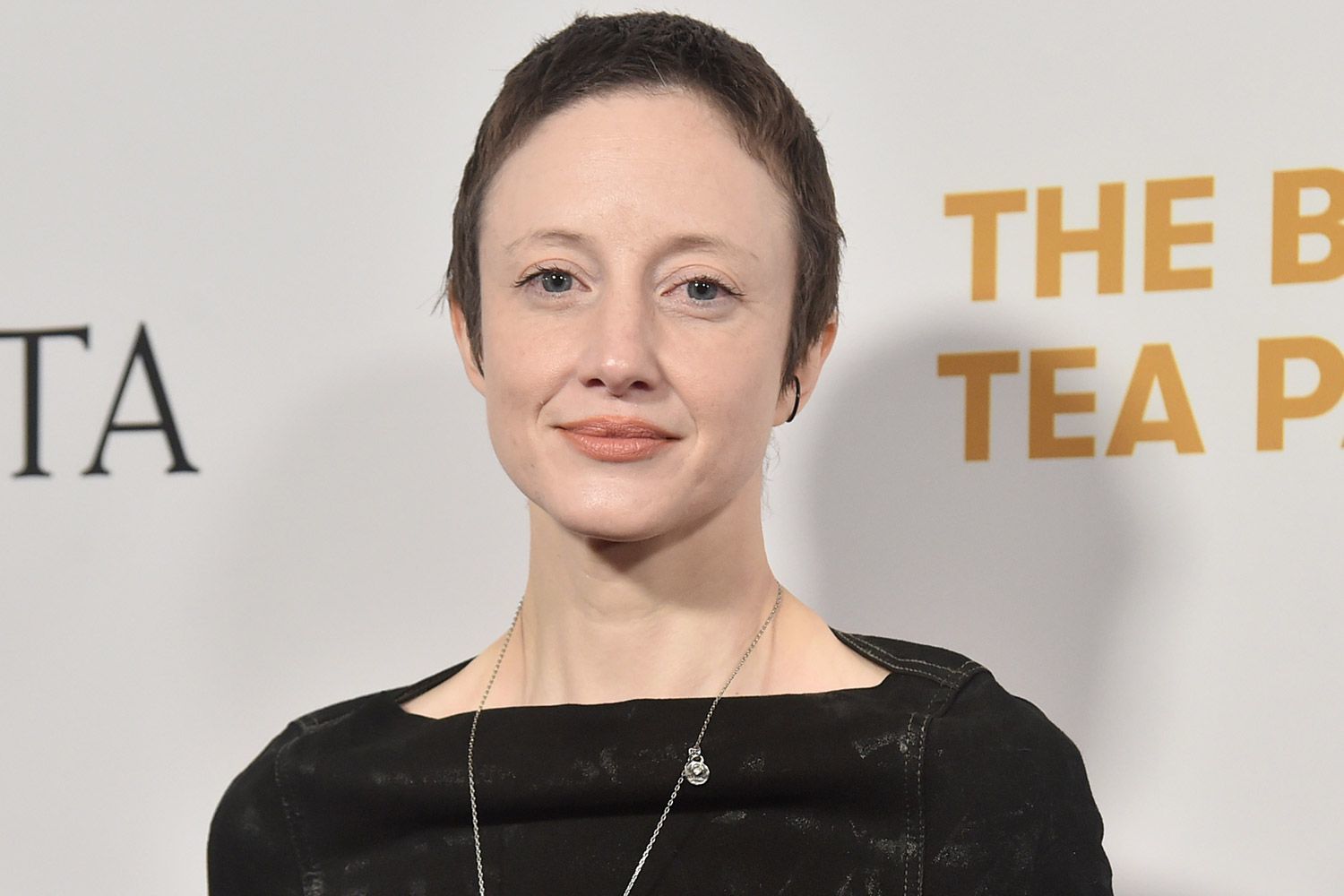
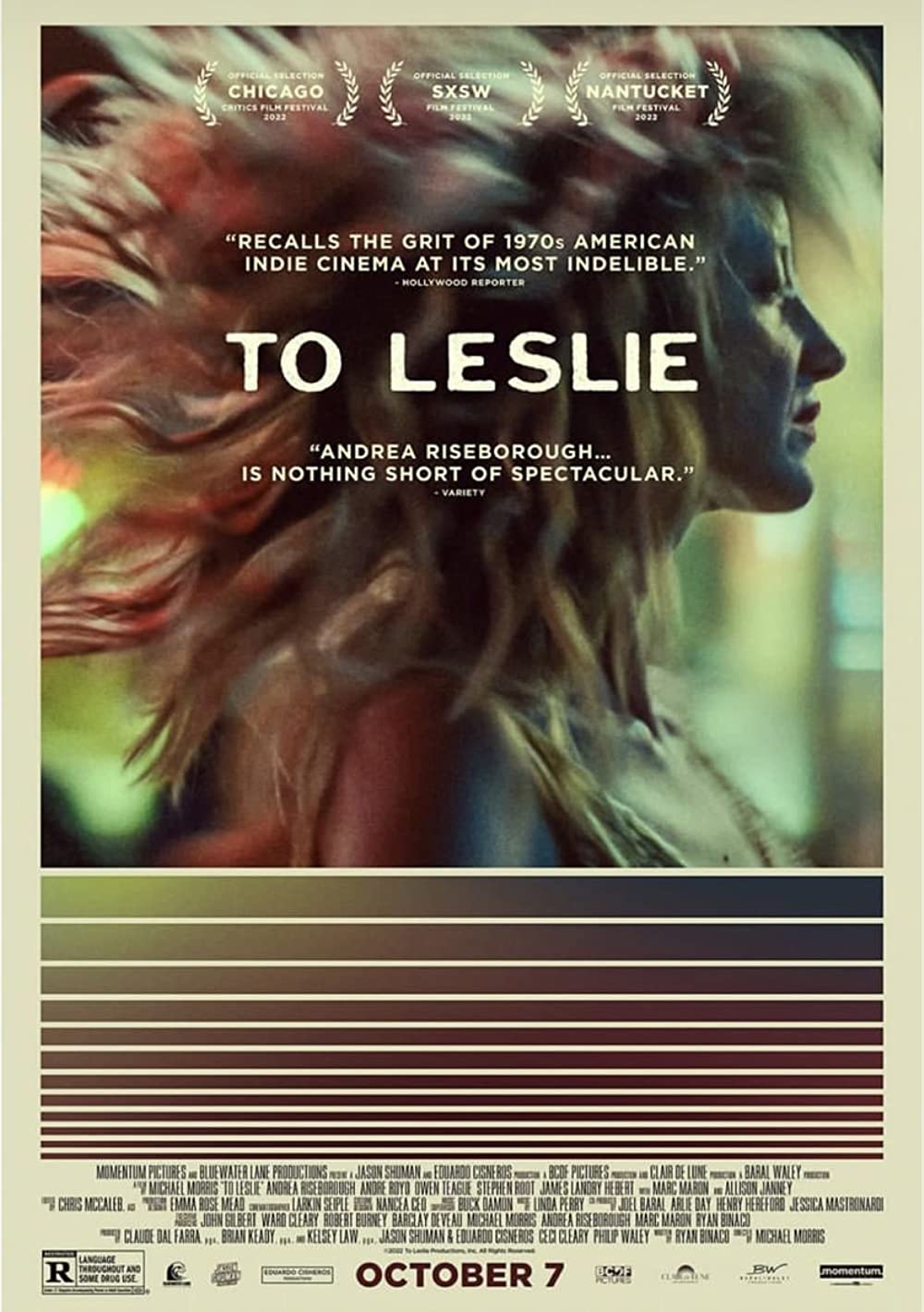
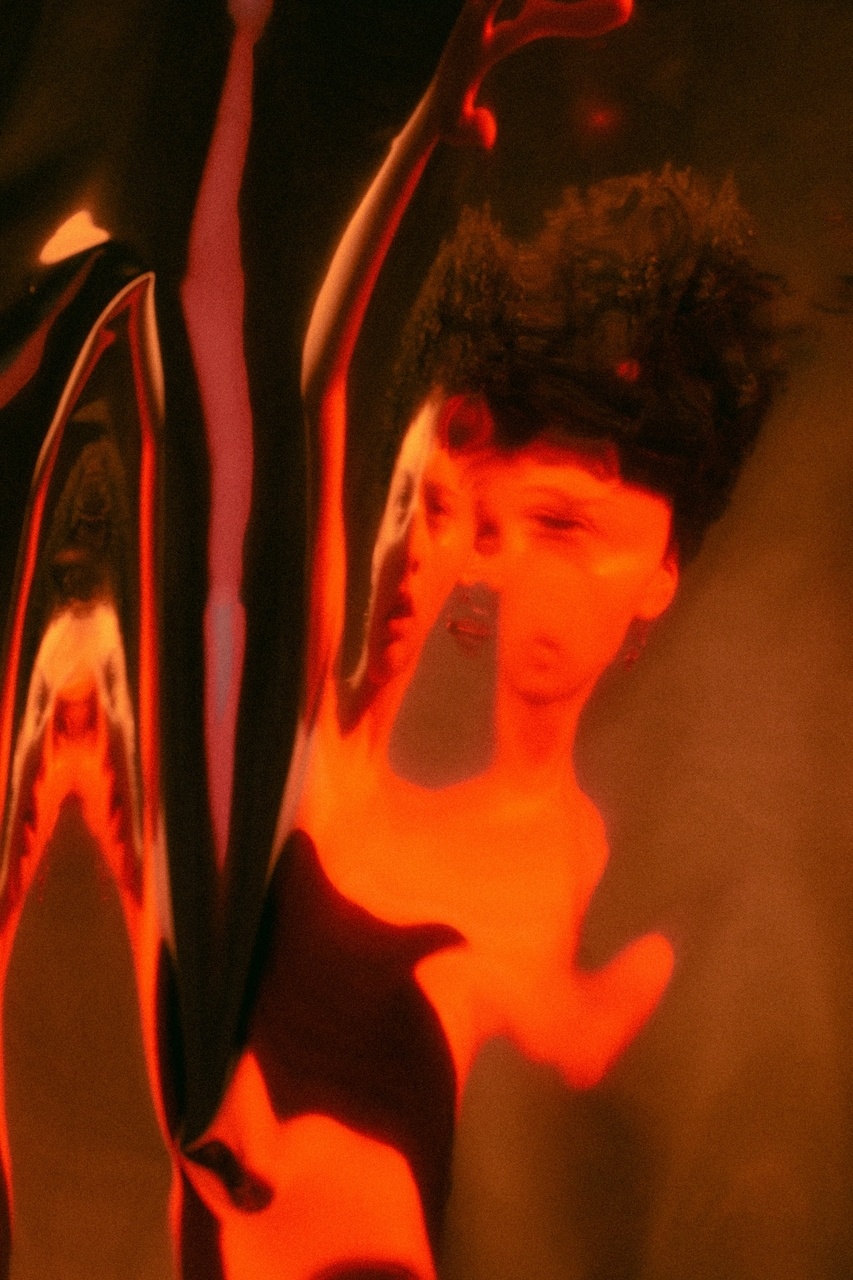
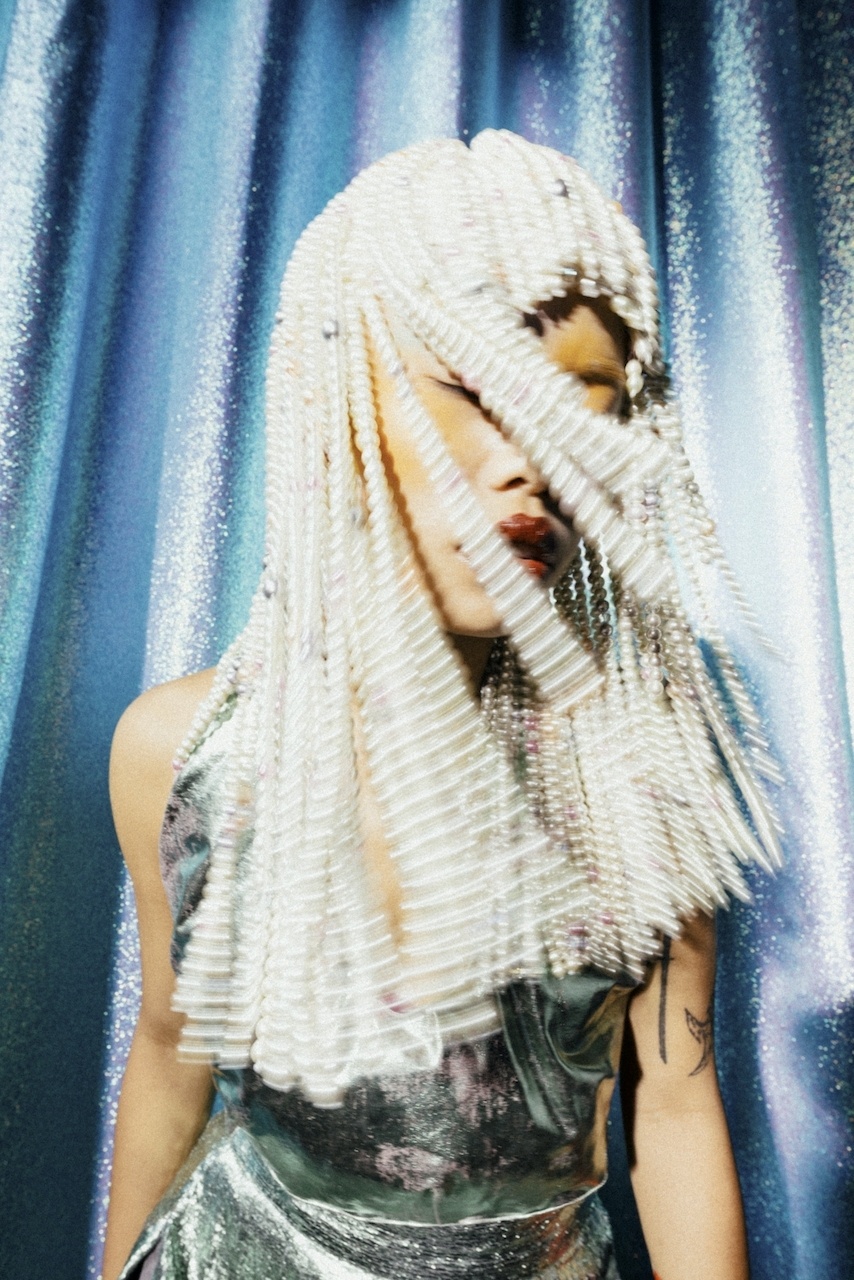
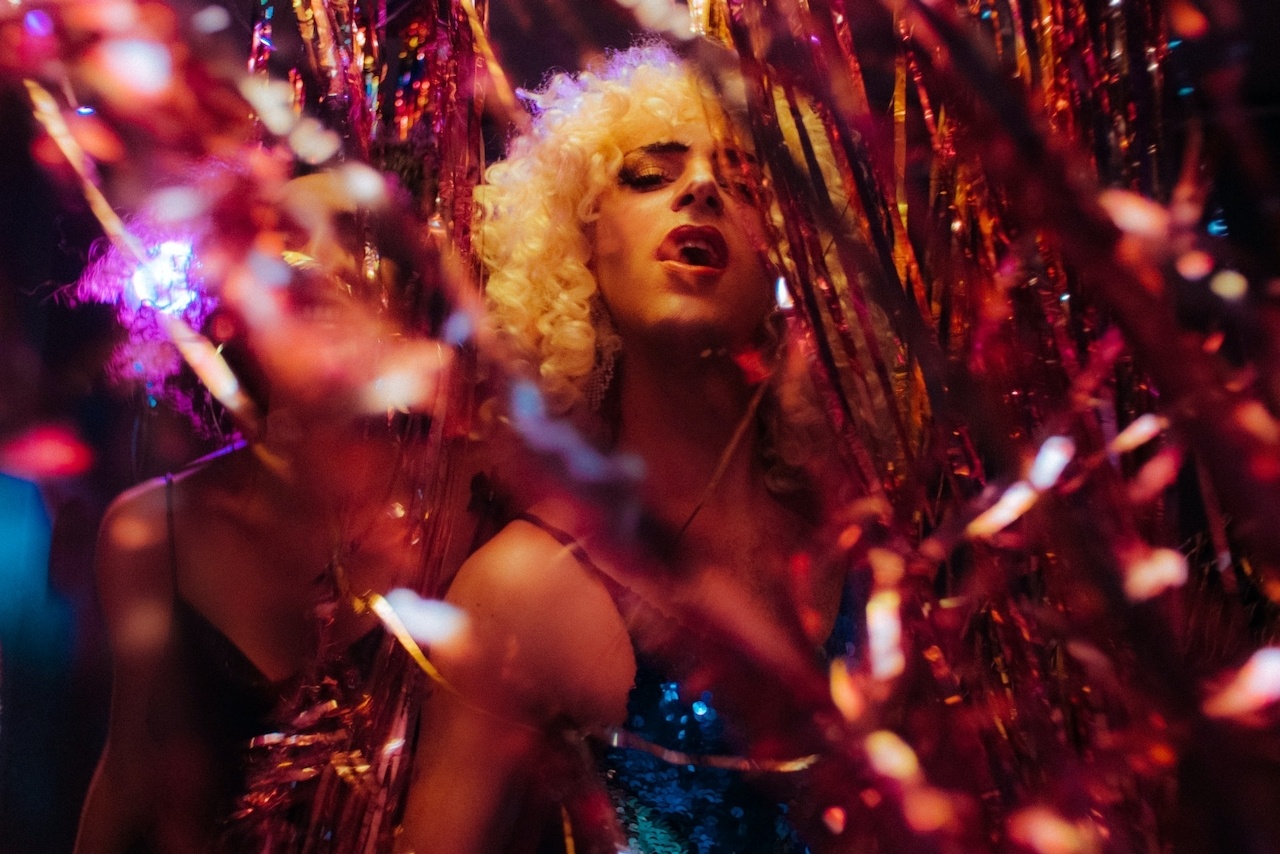
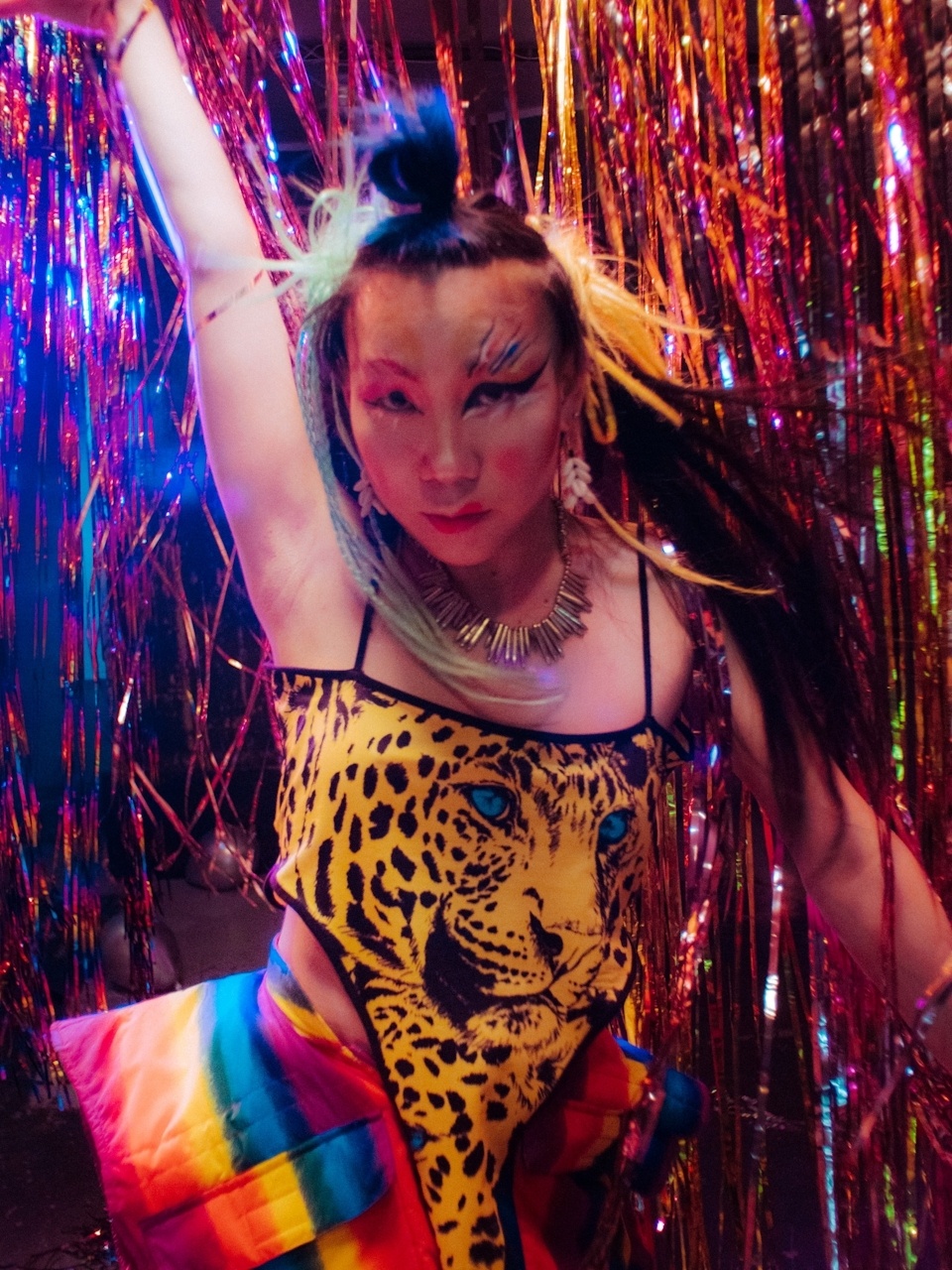
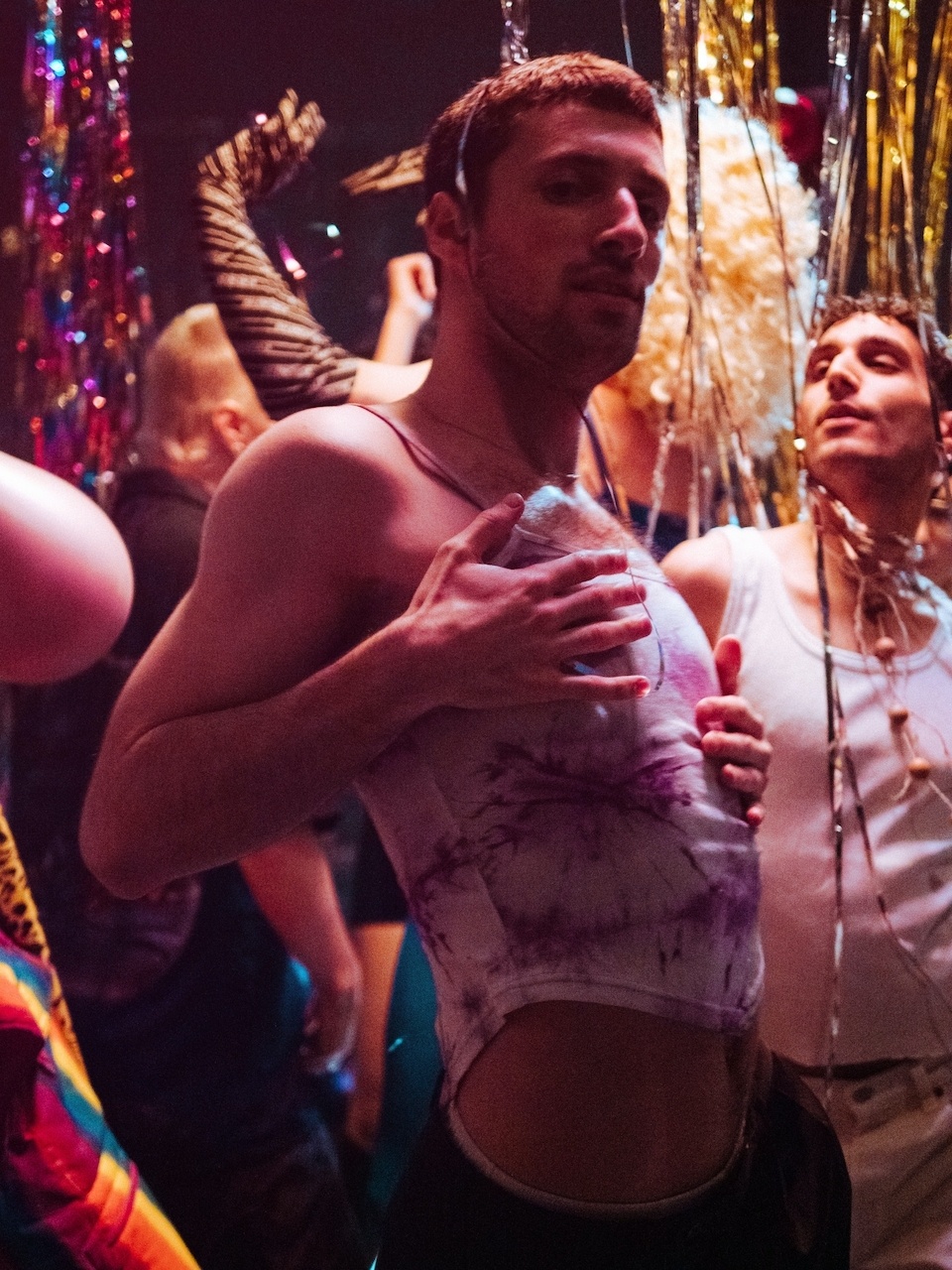
Recent Comments